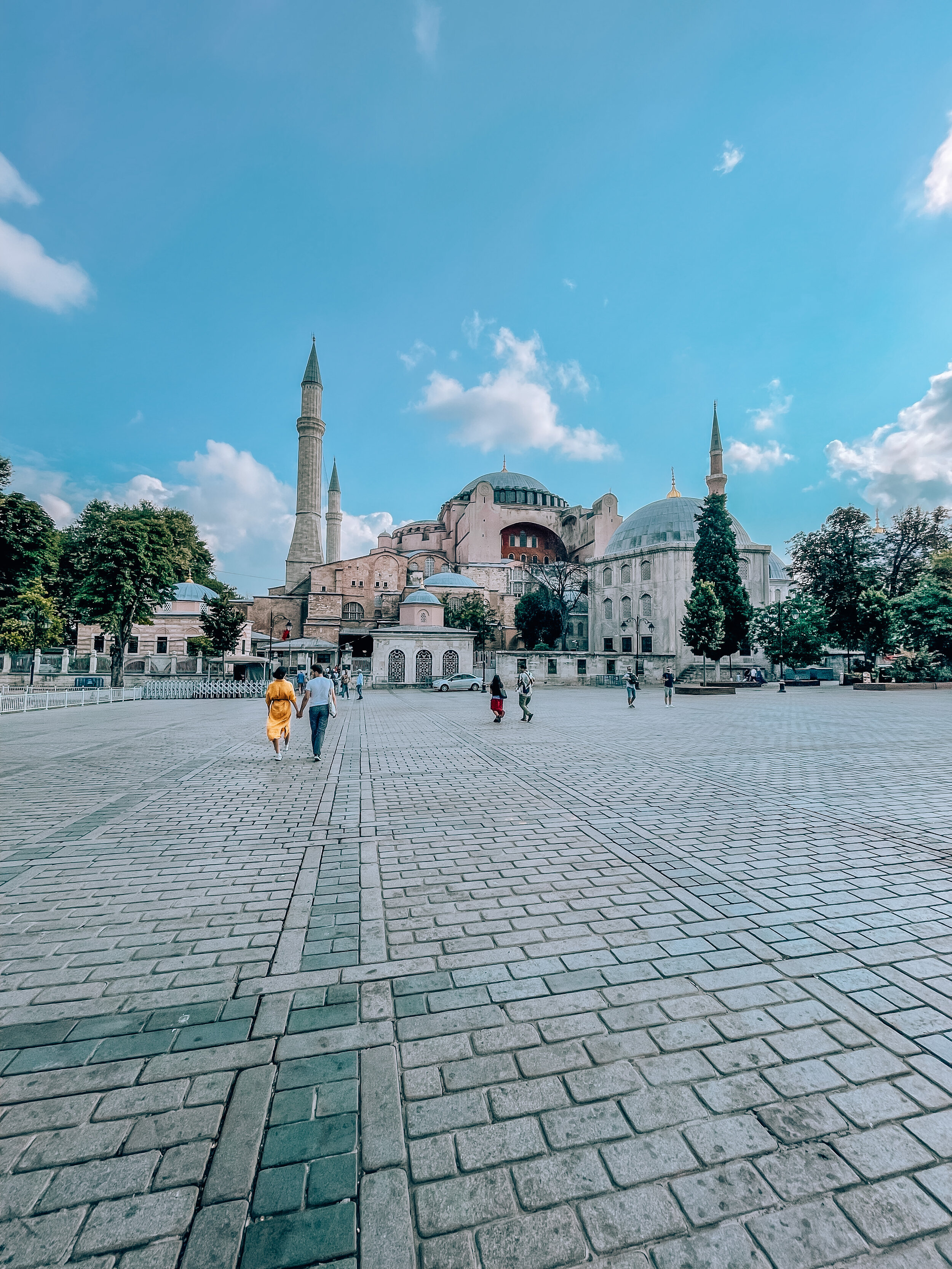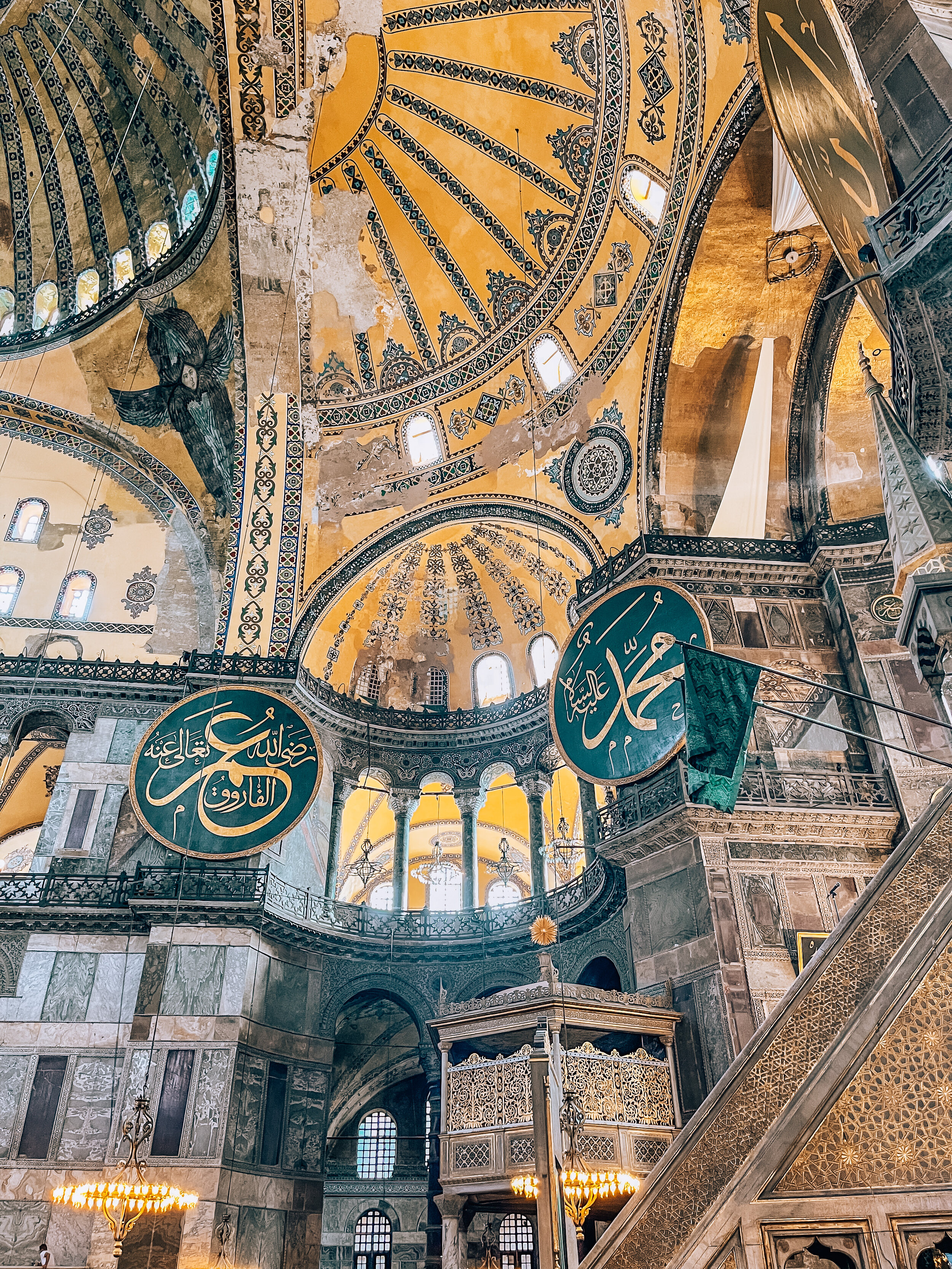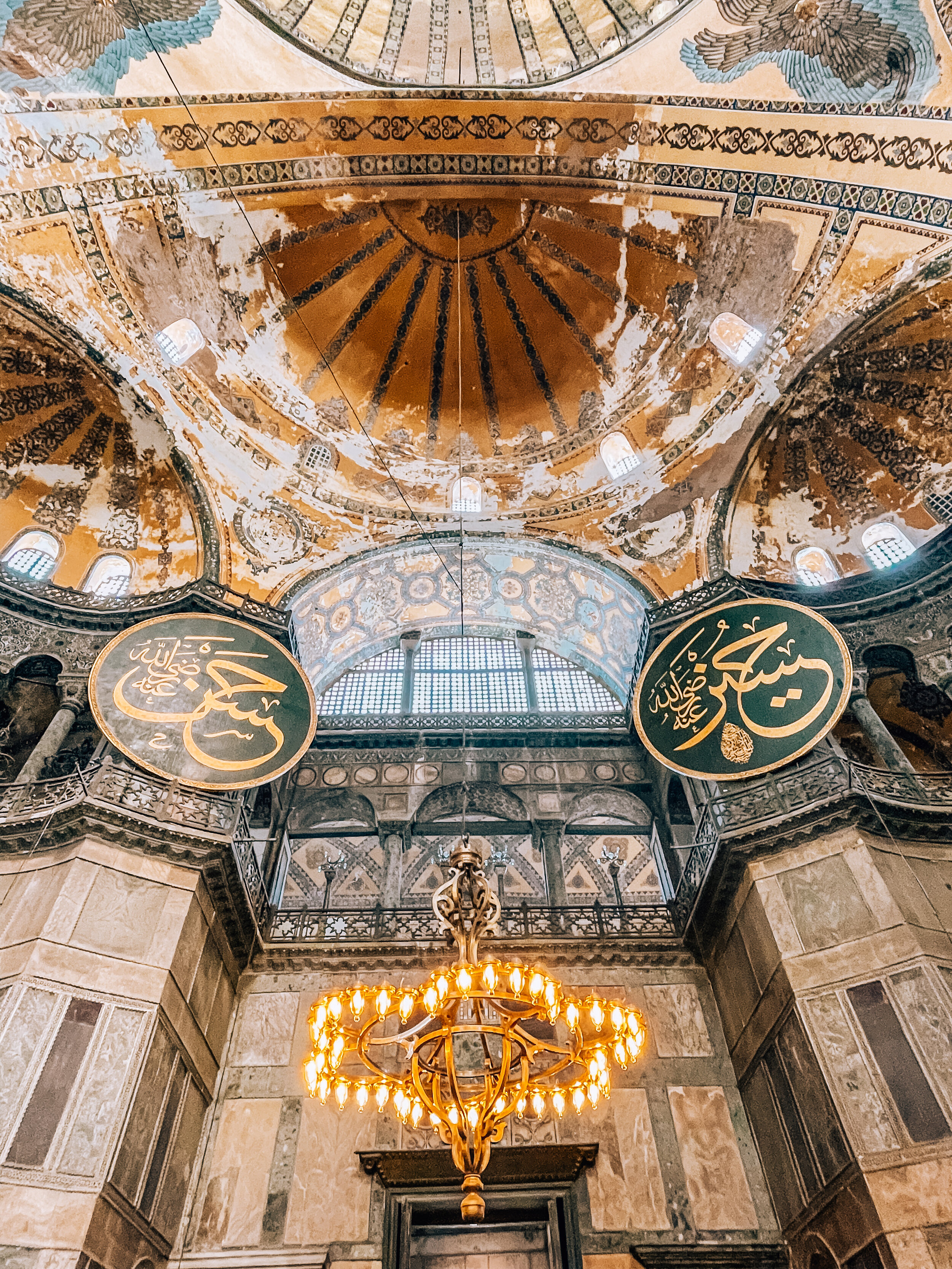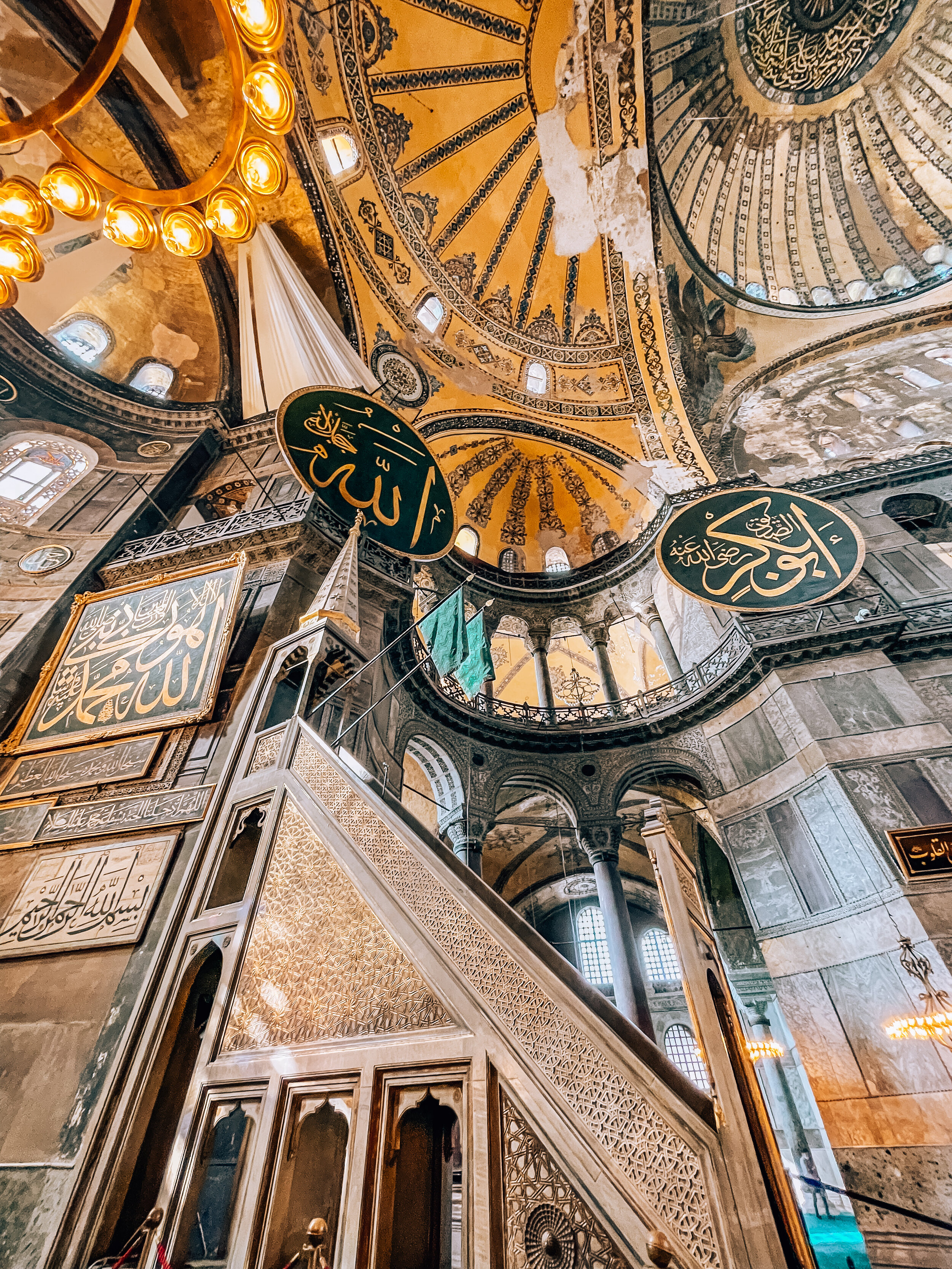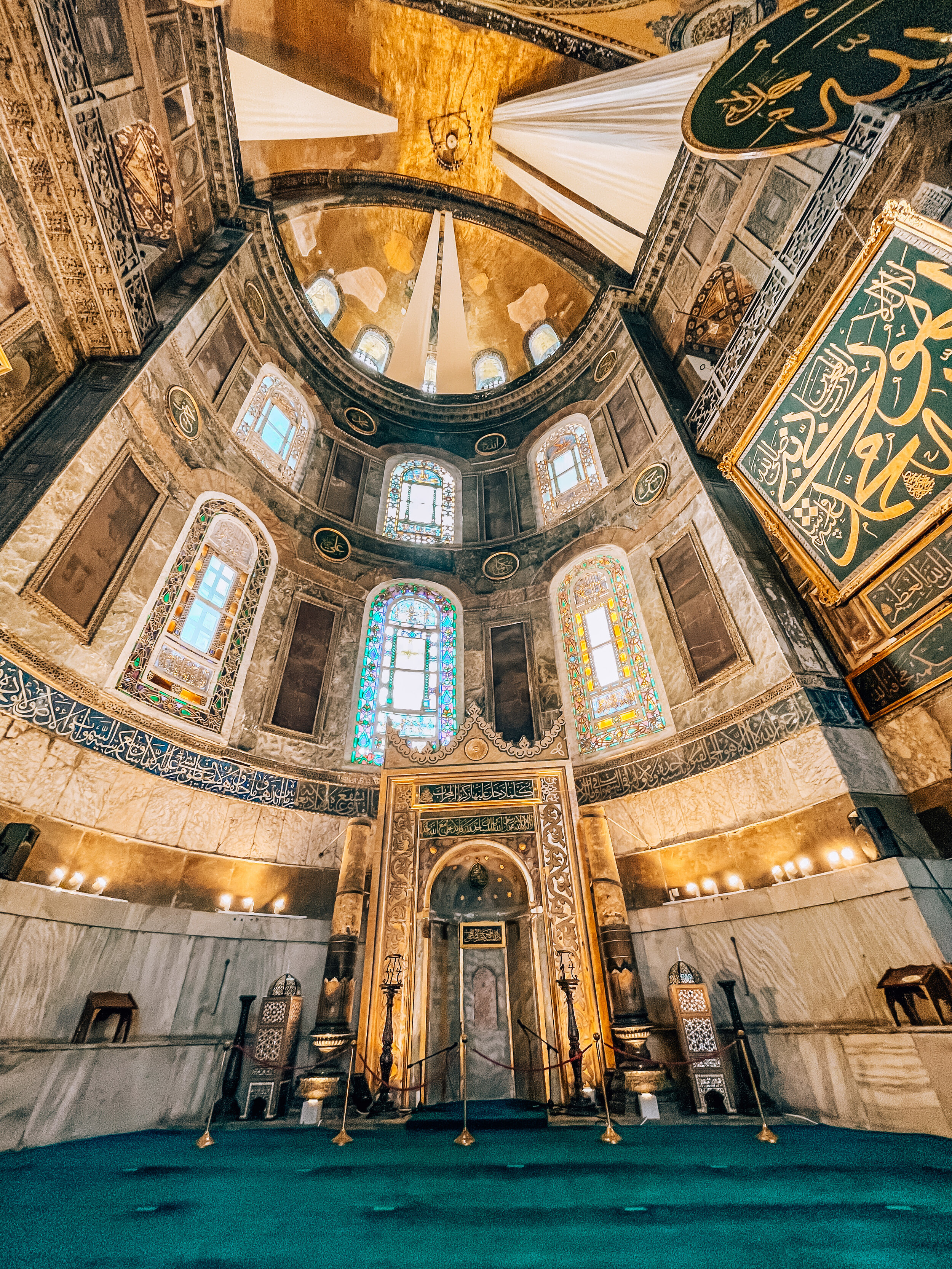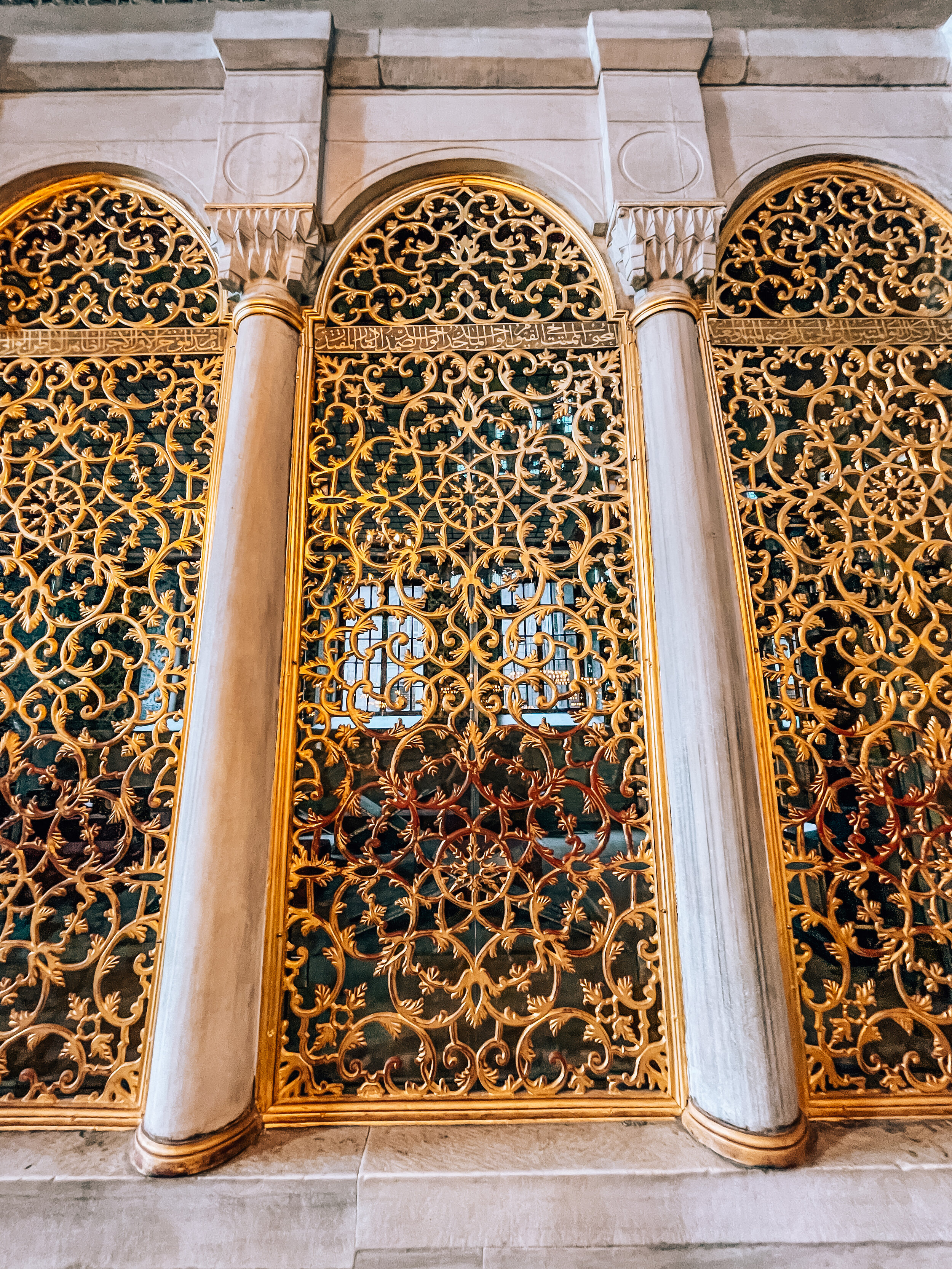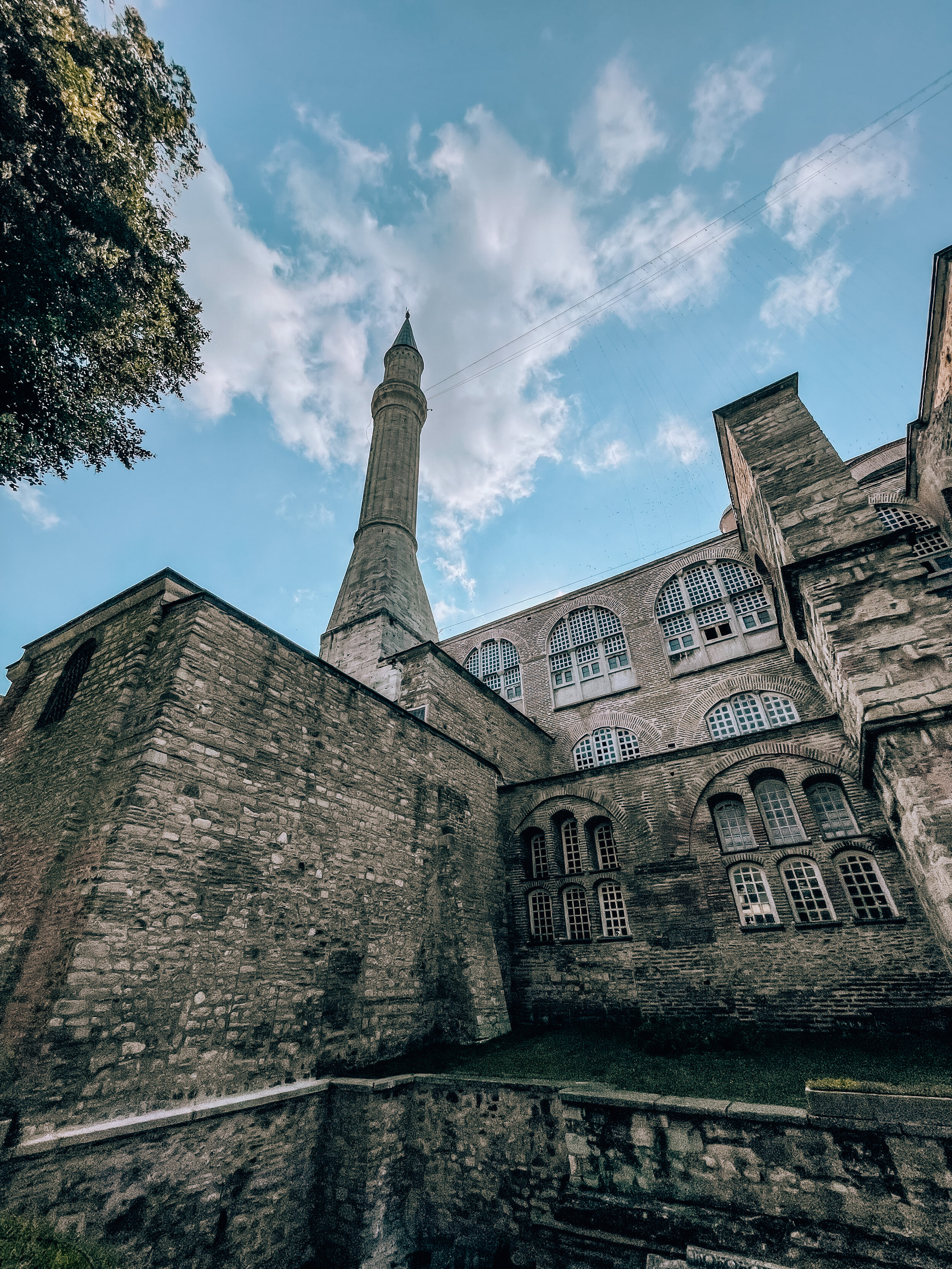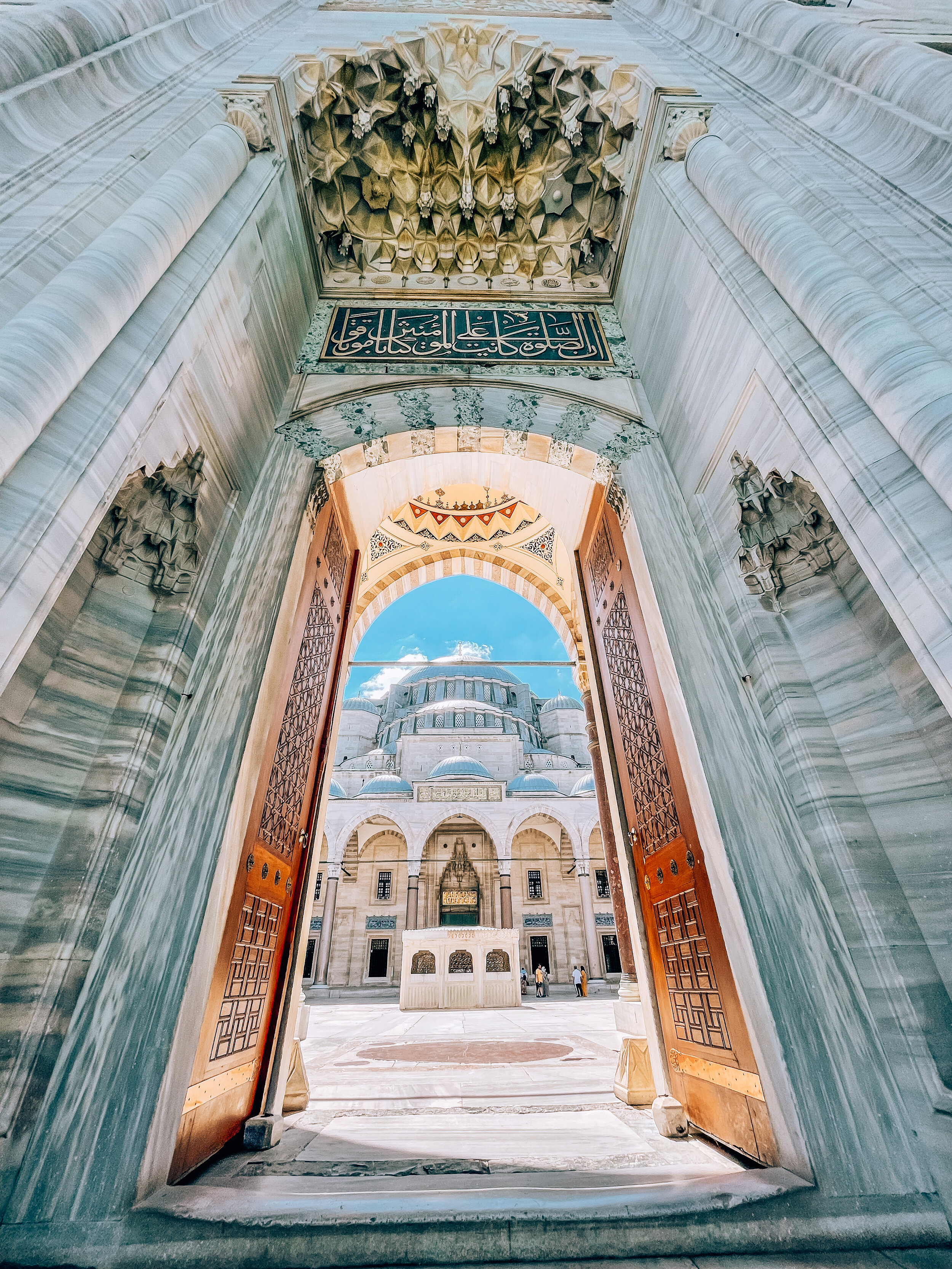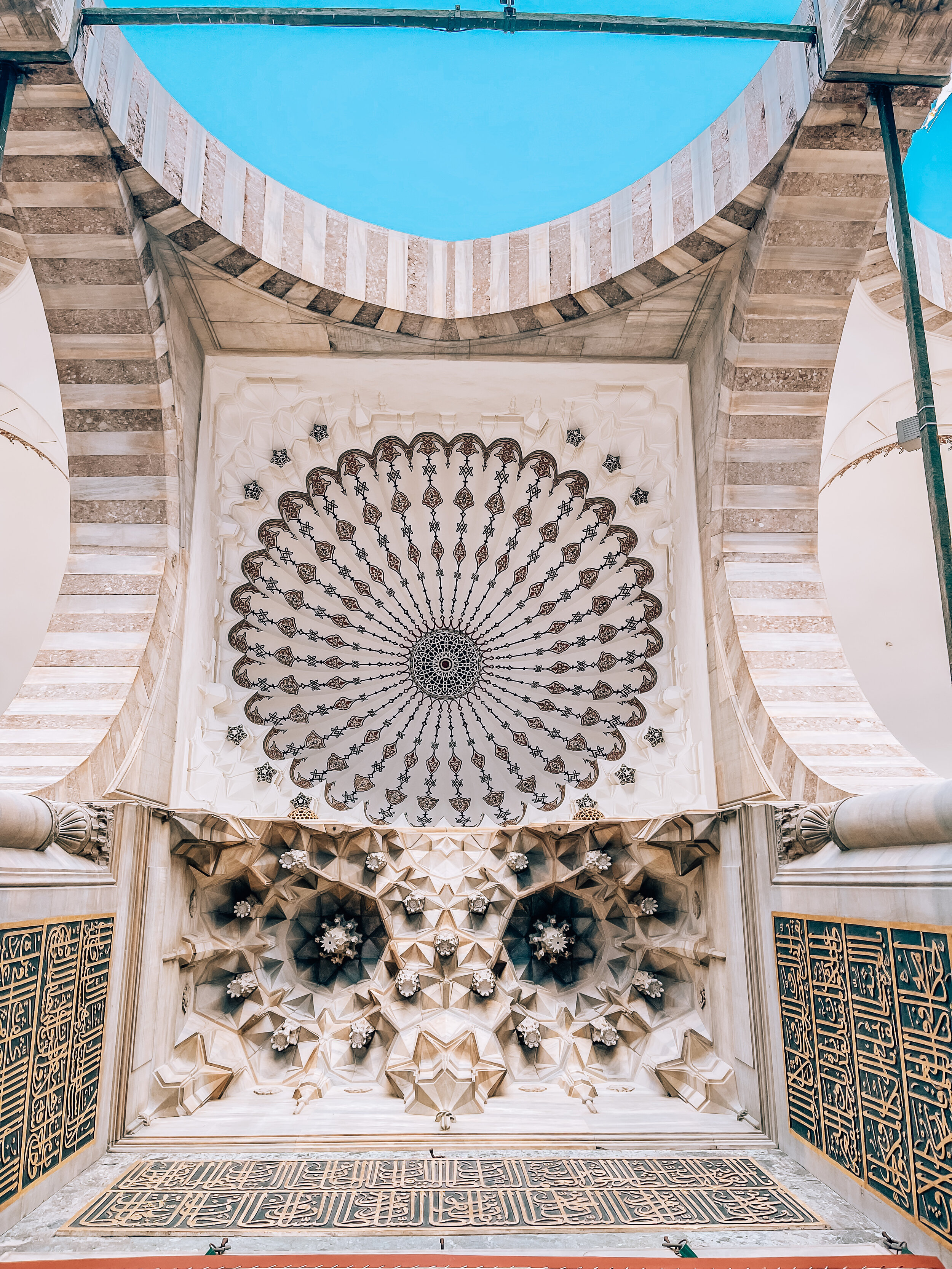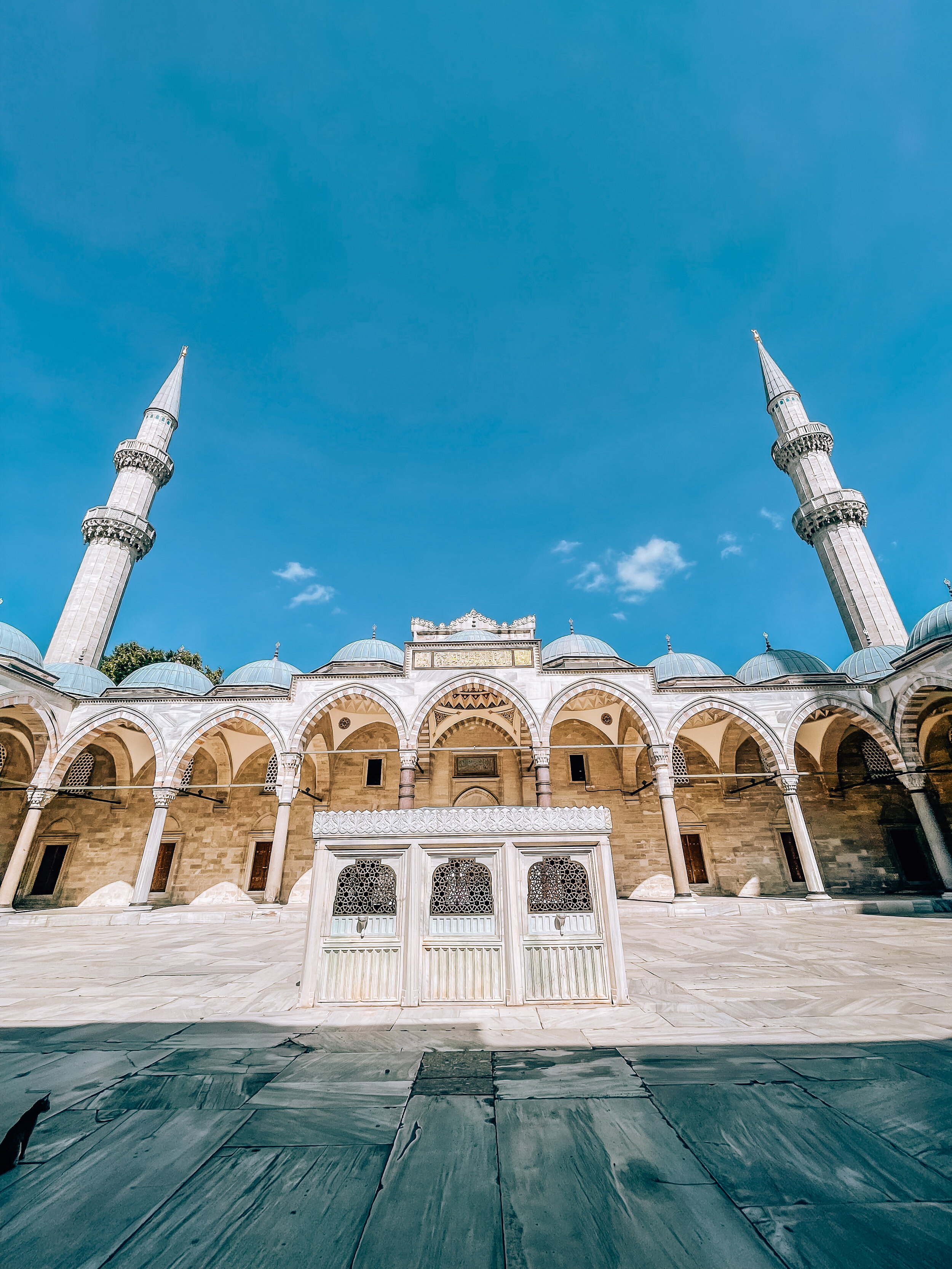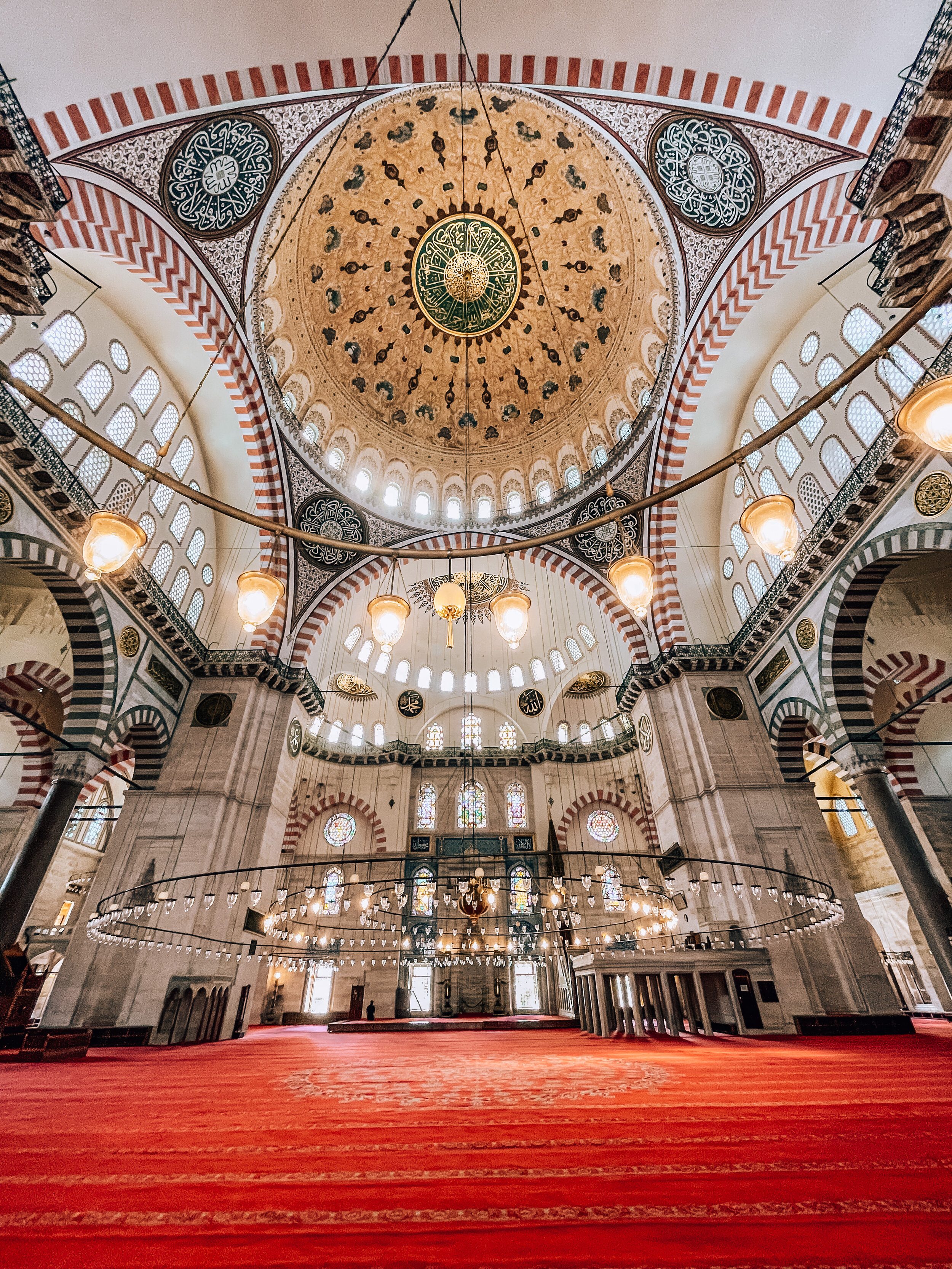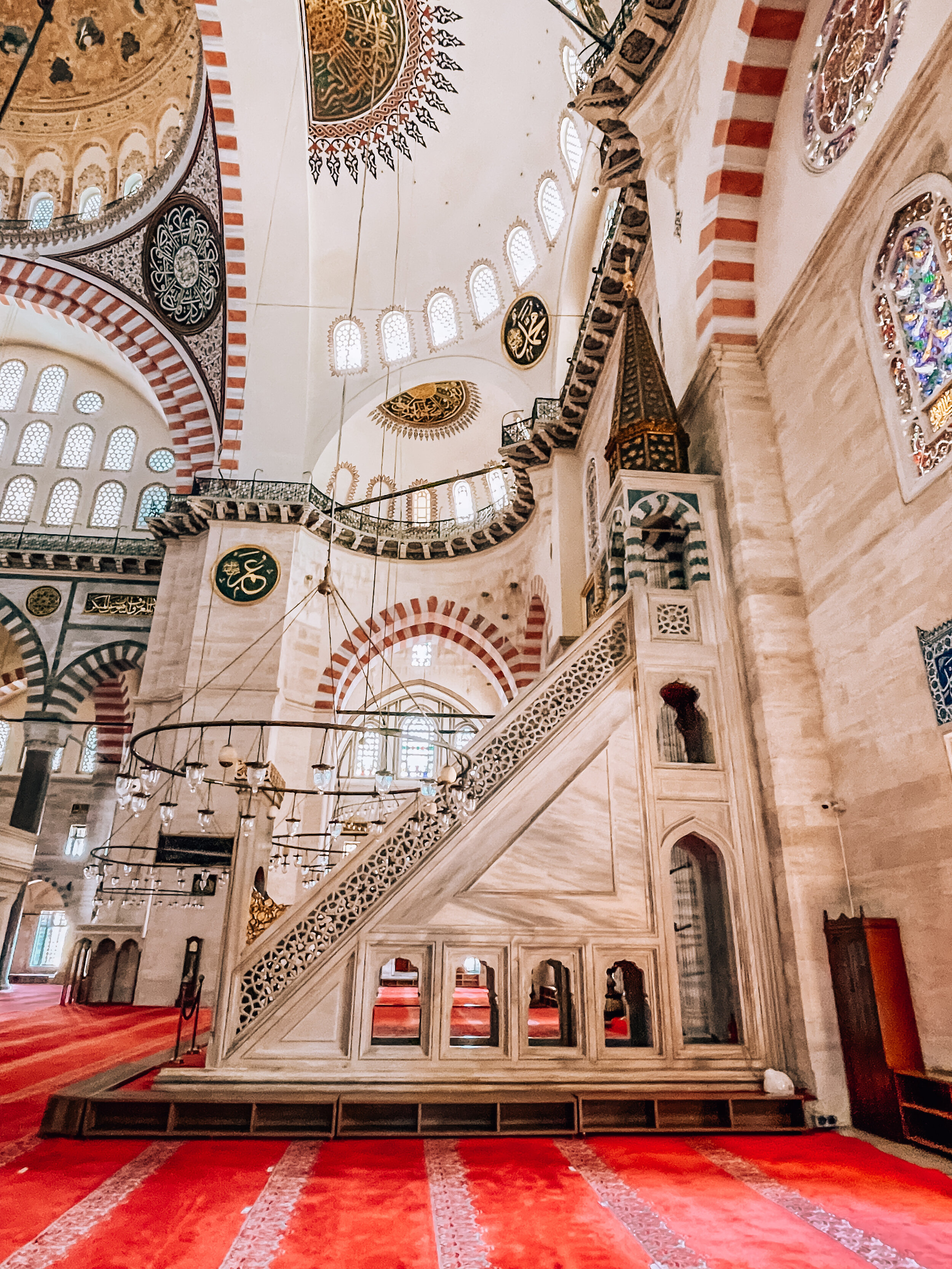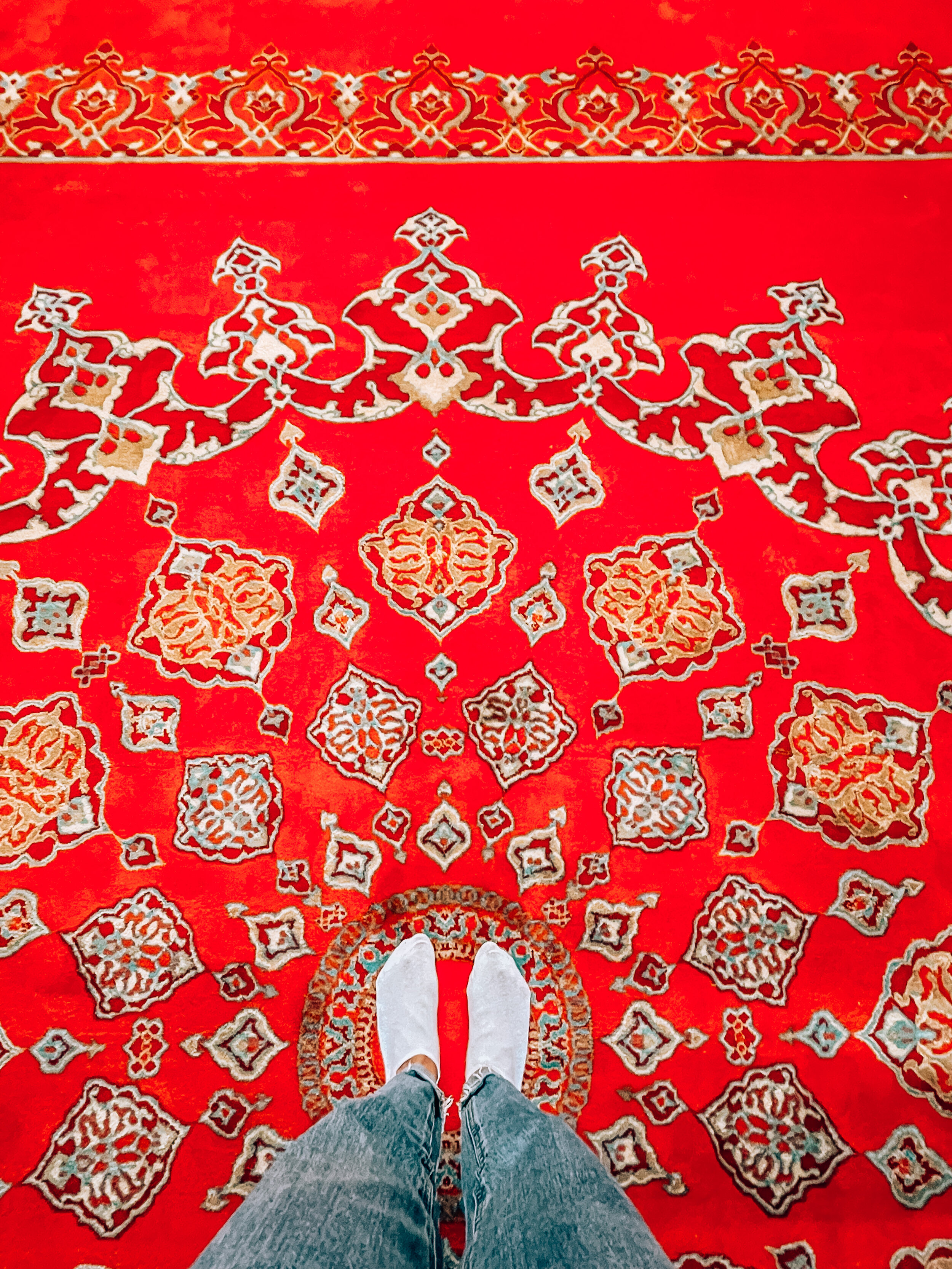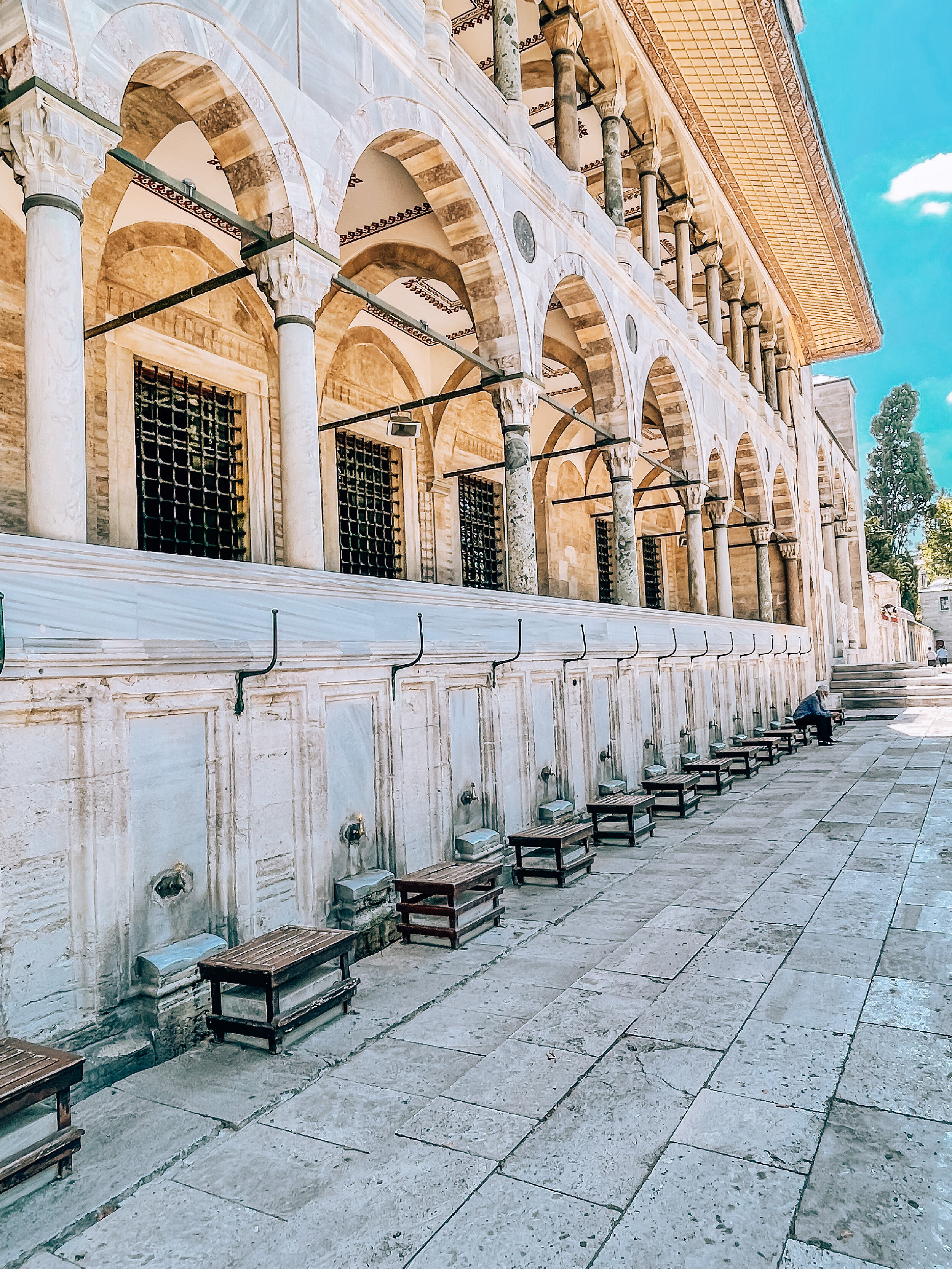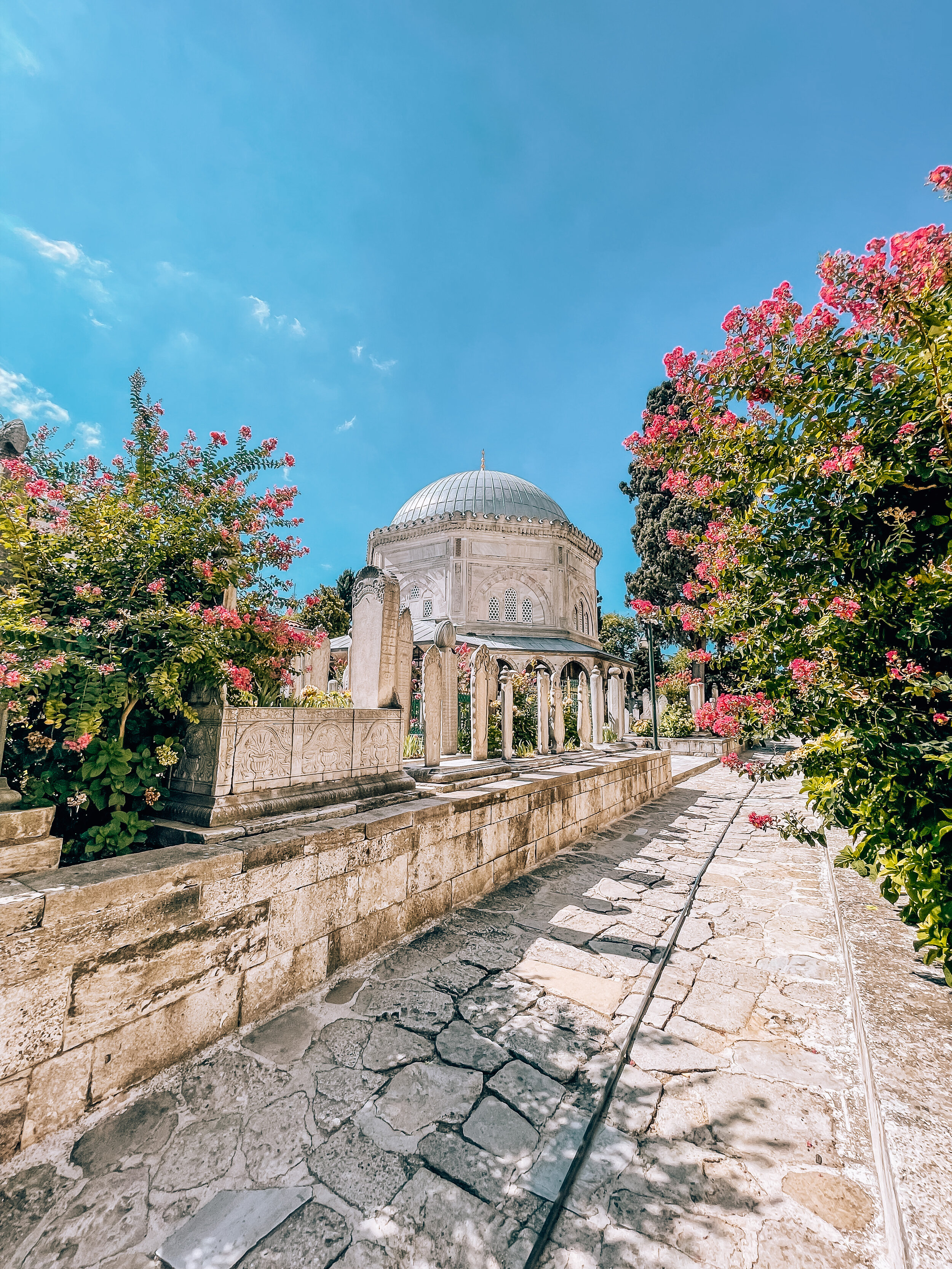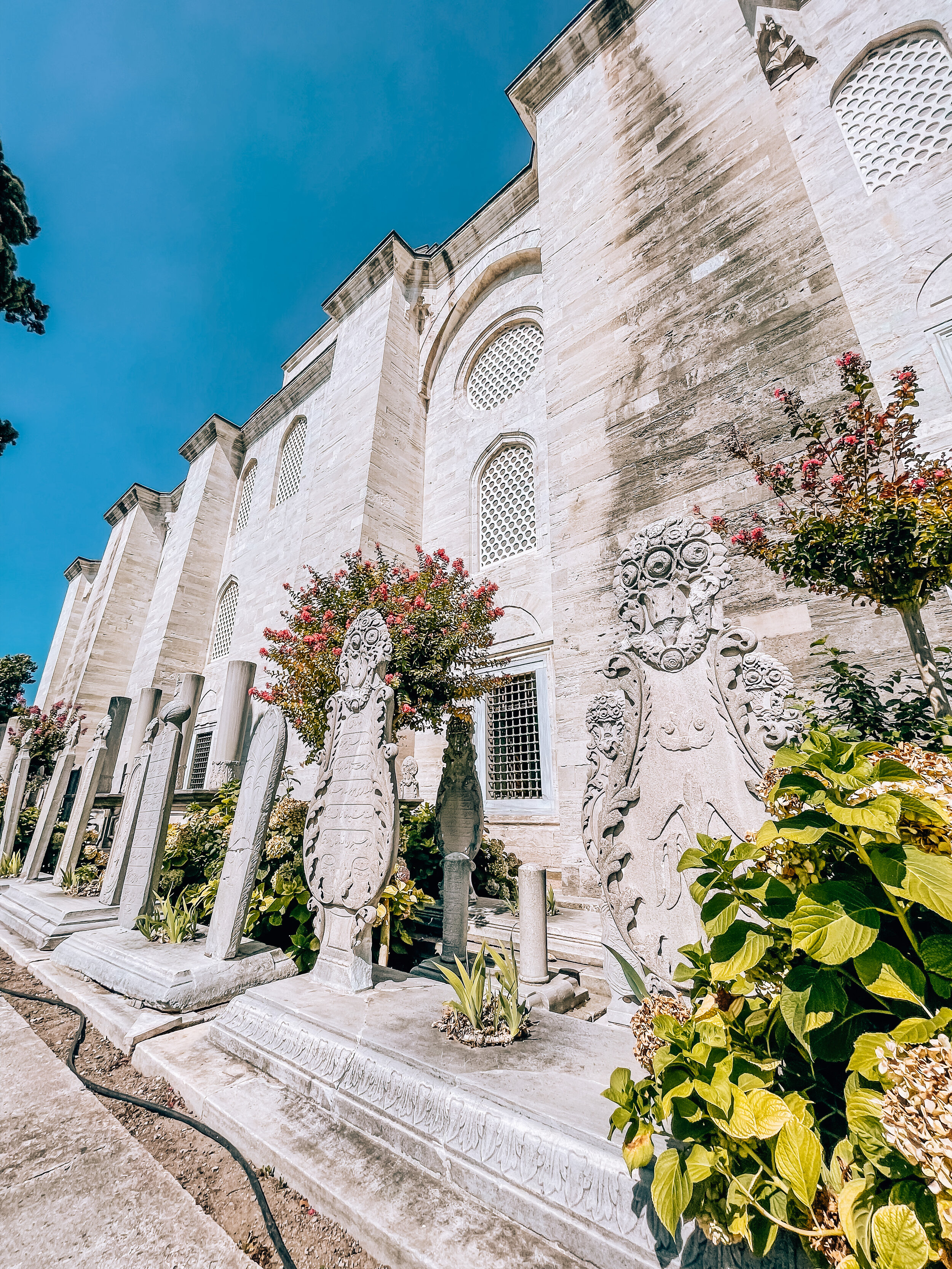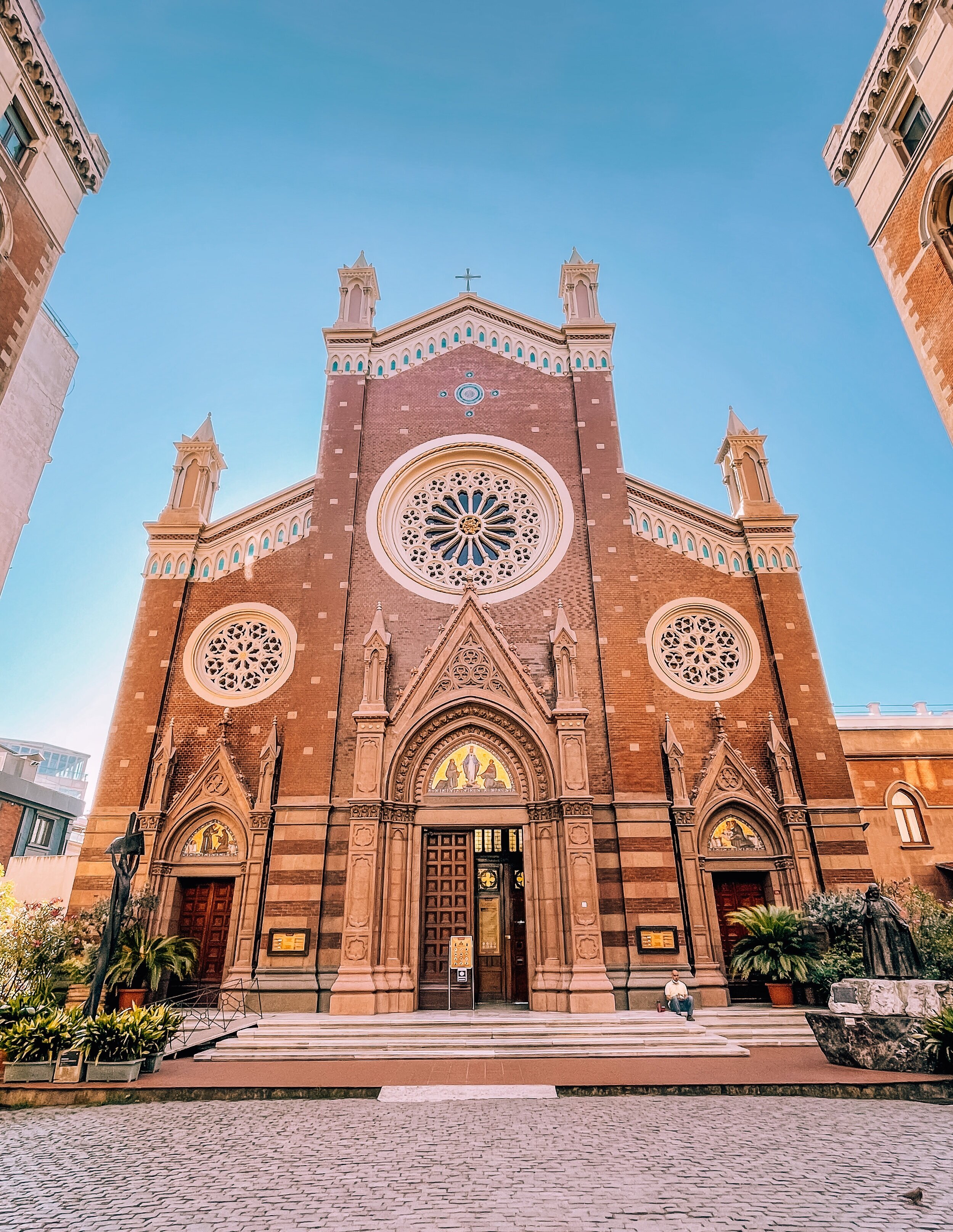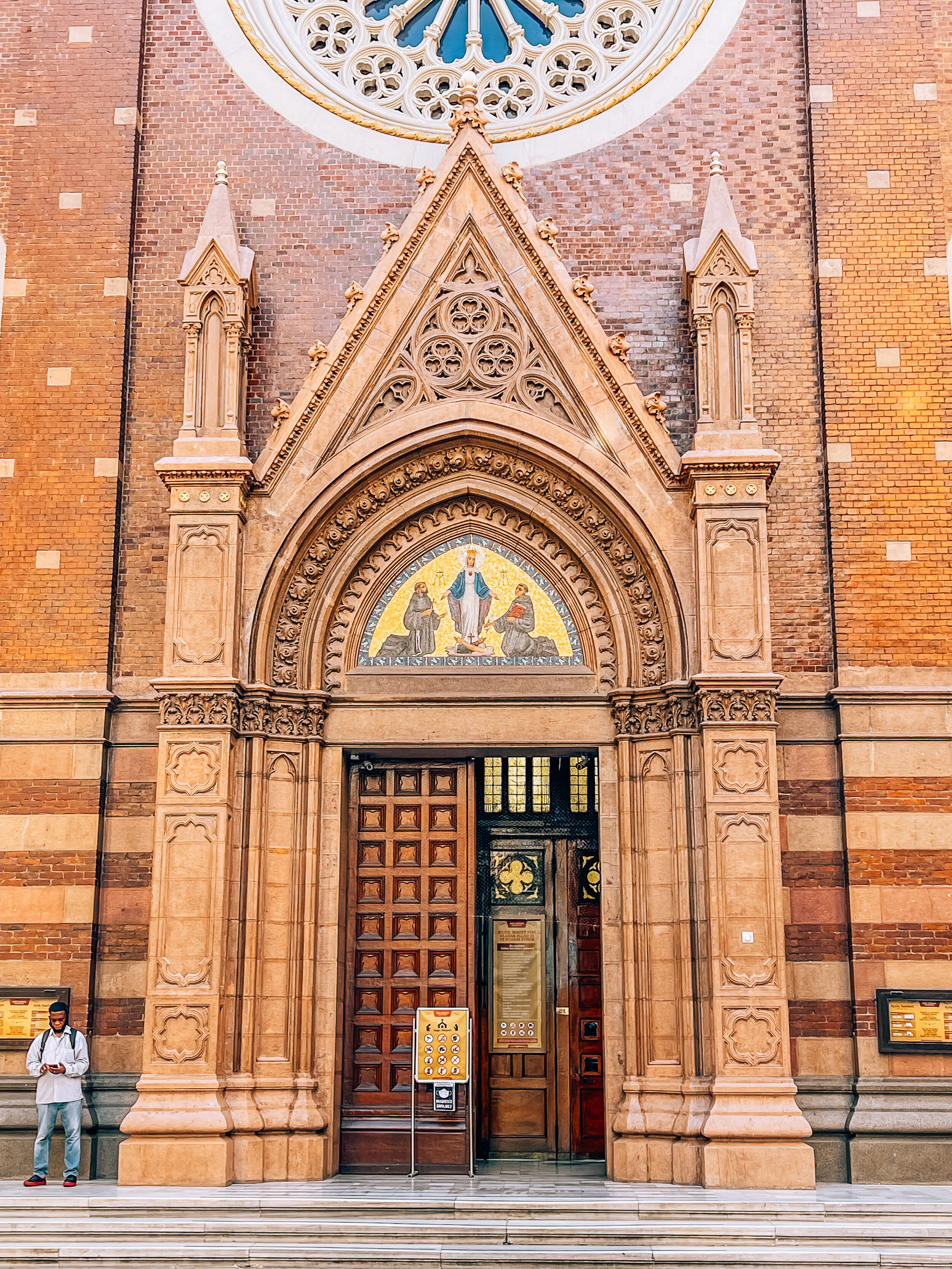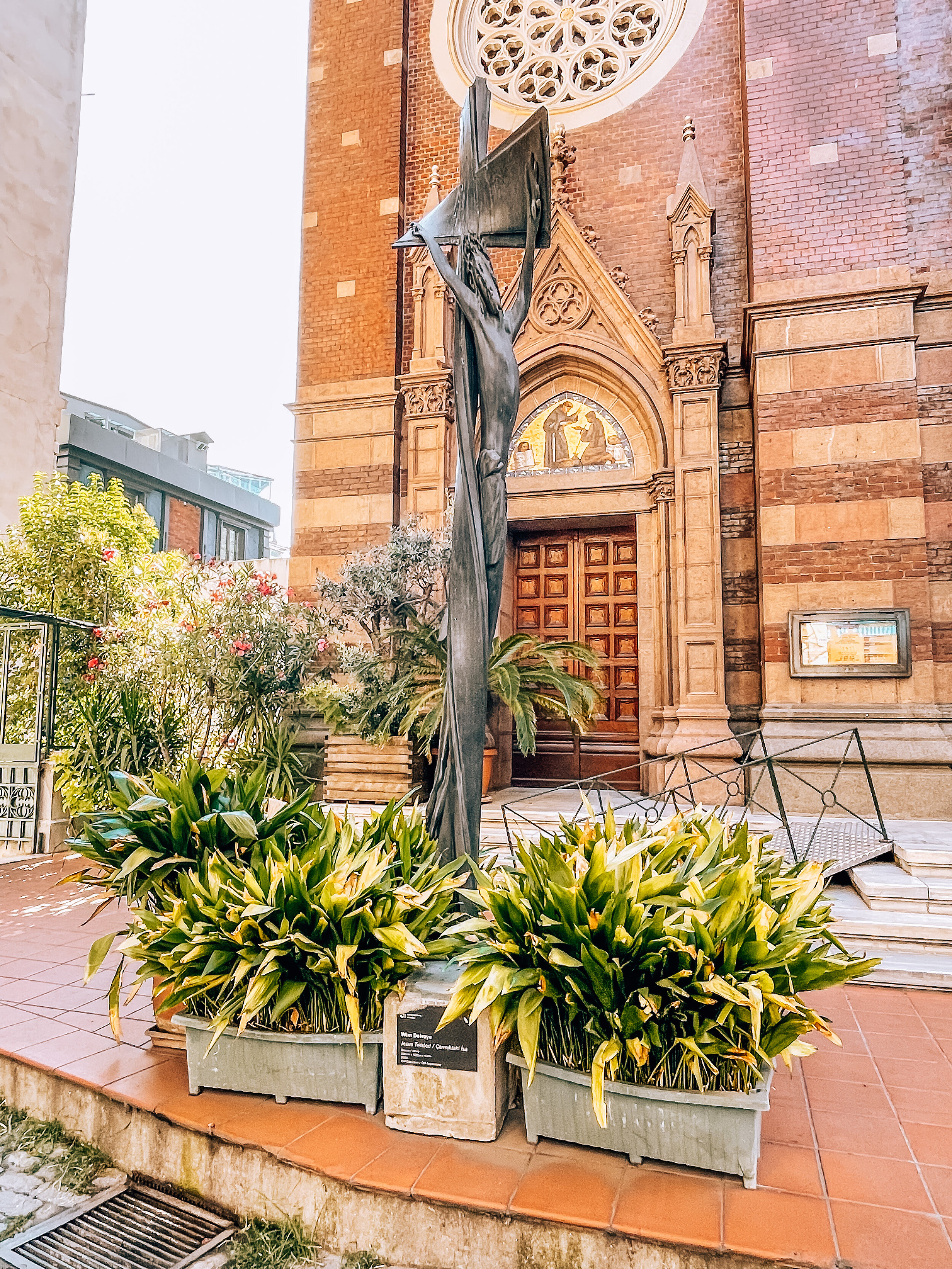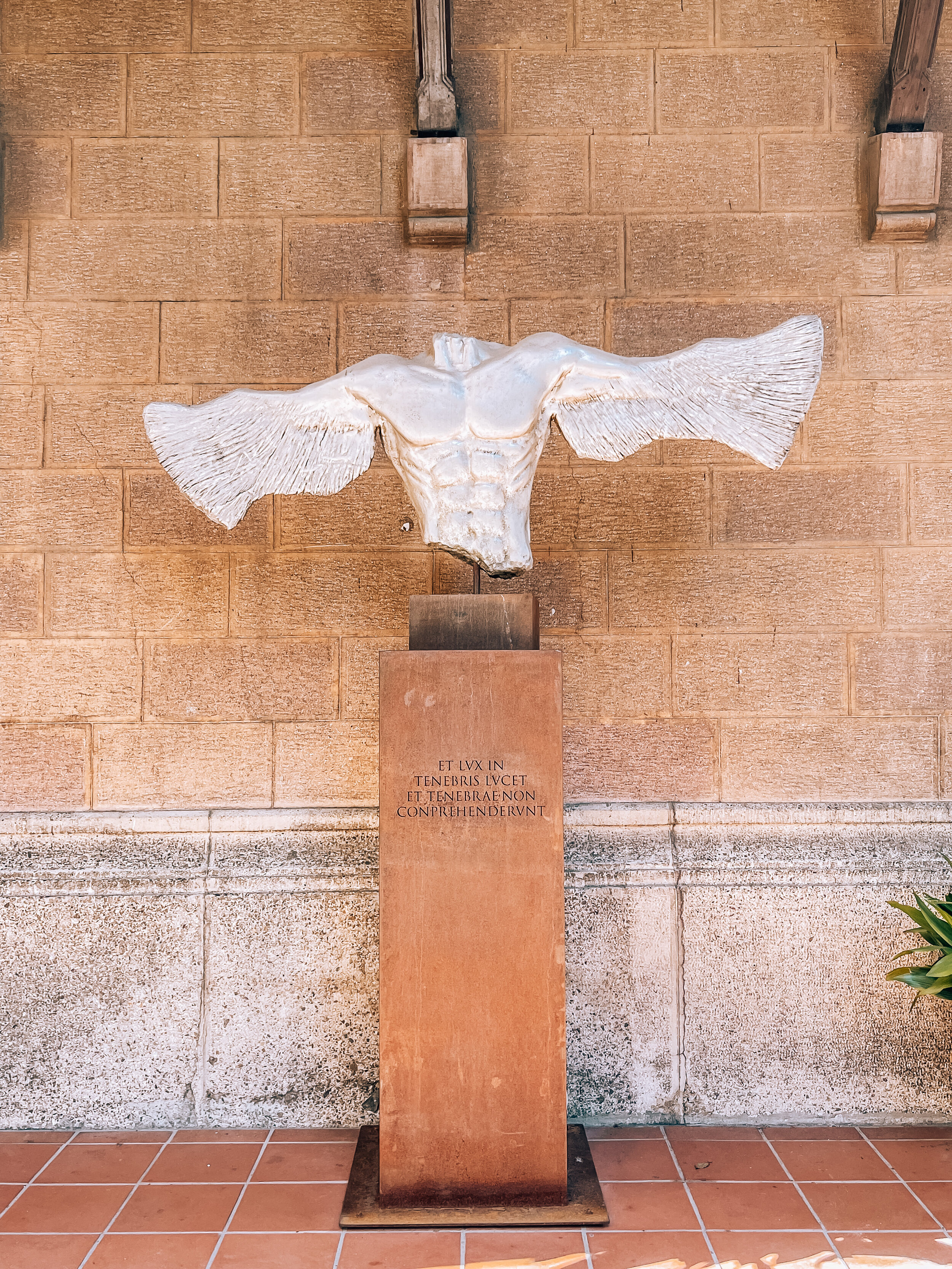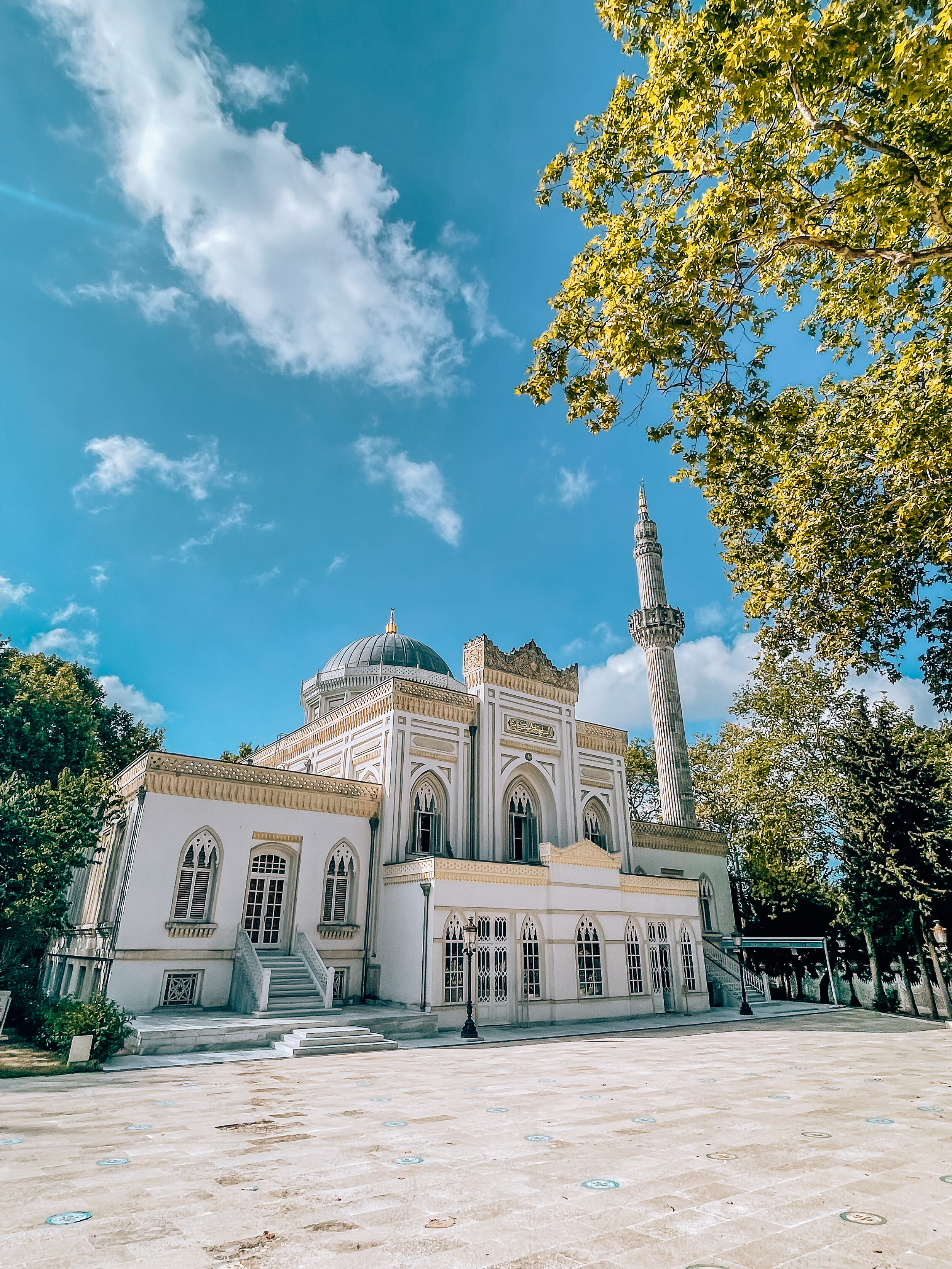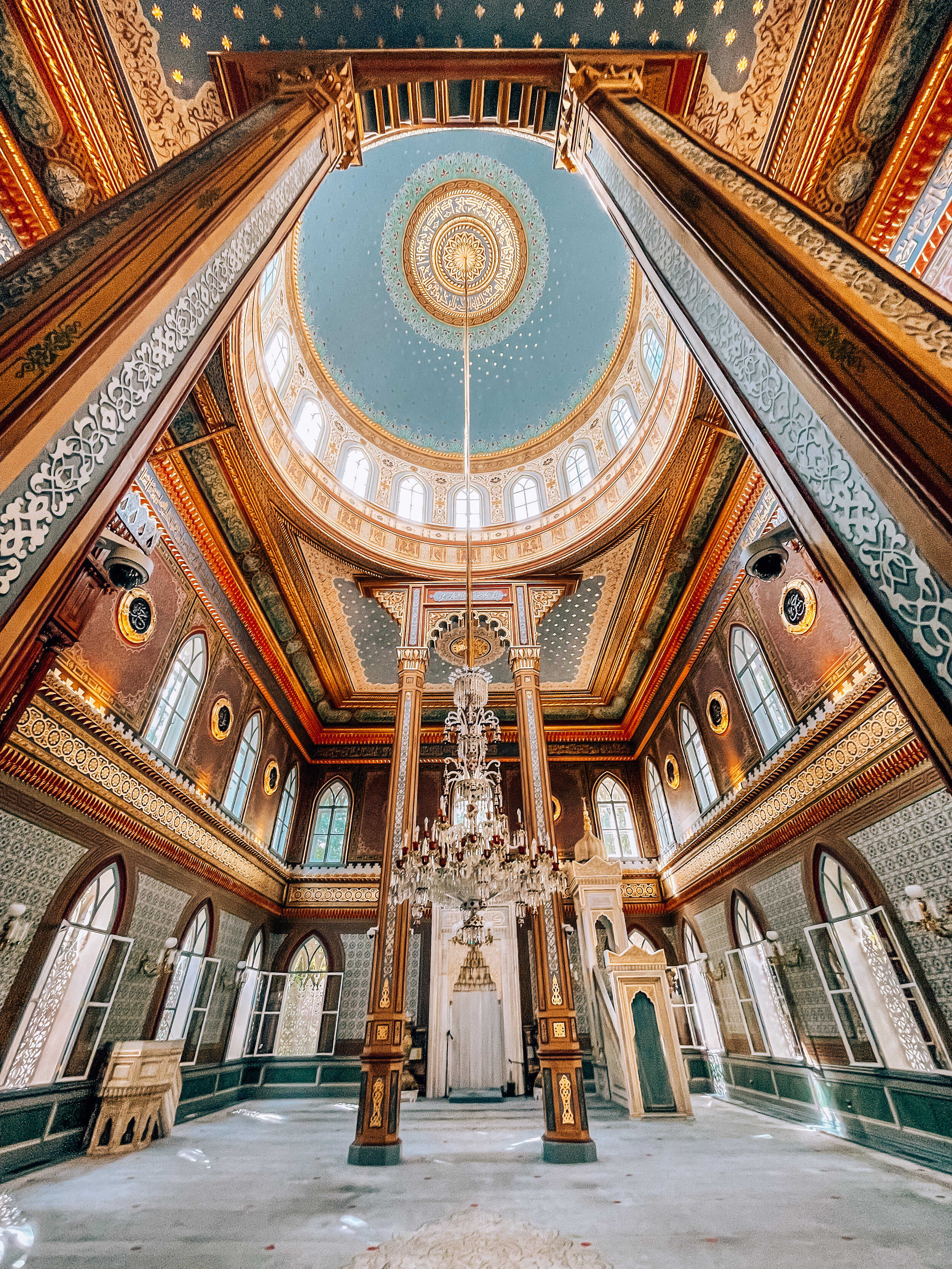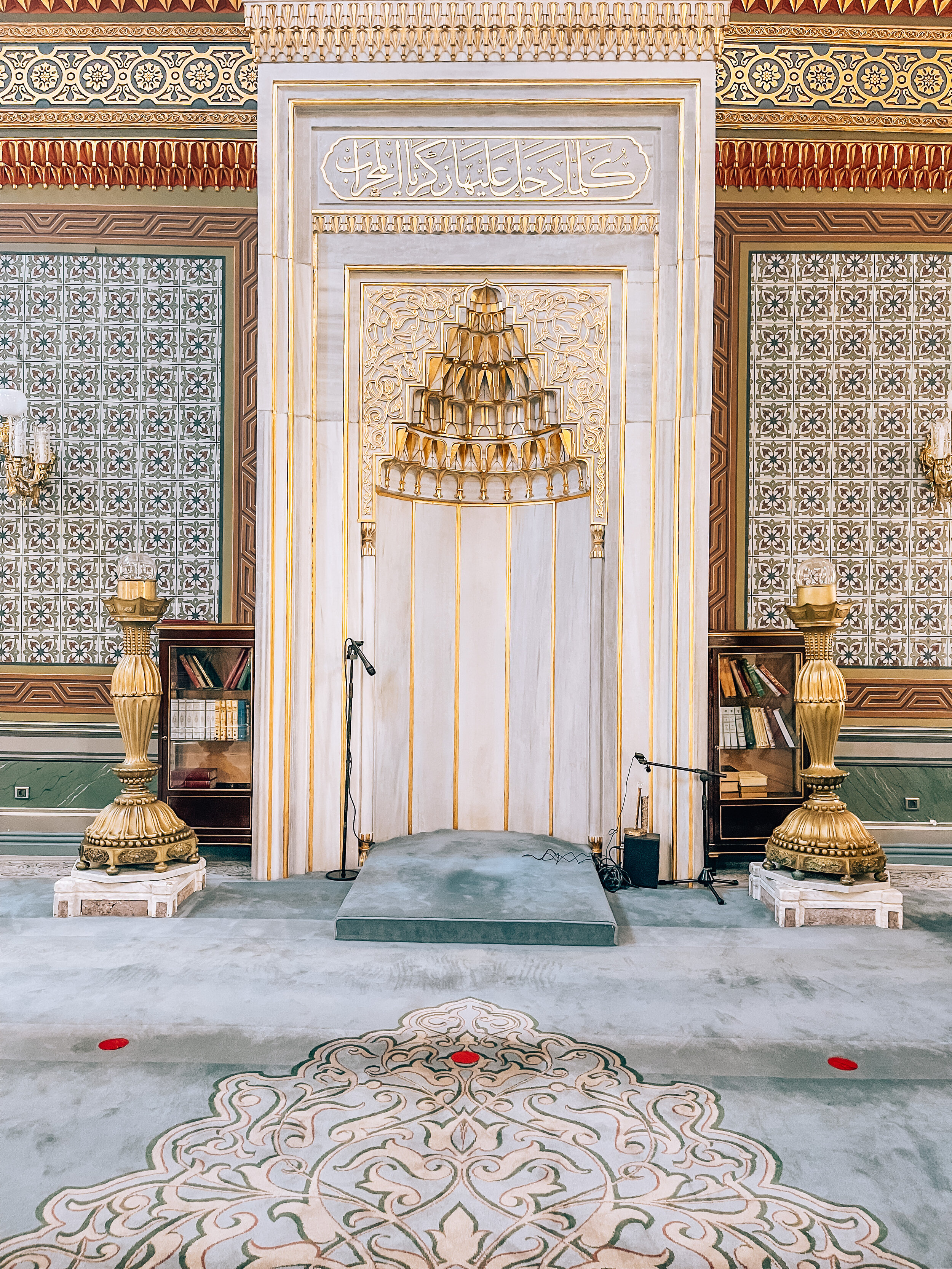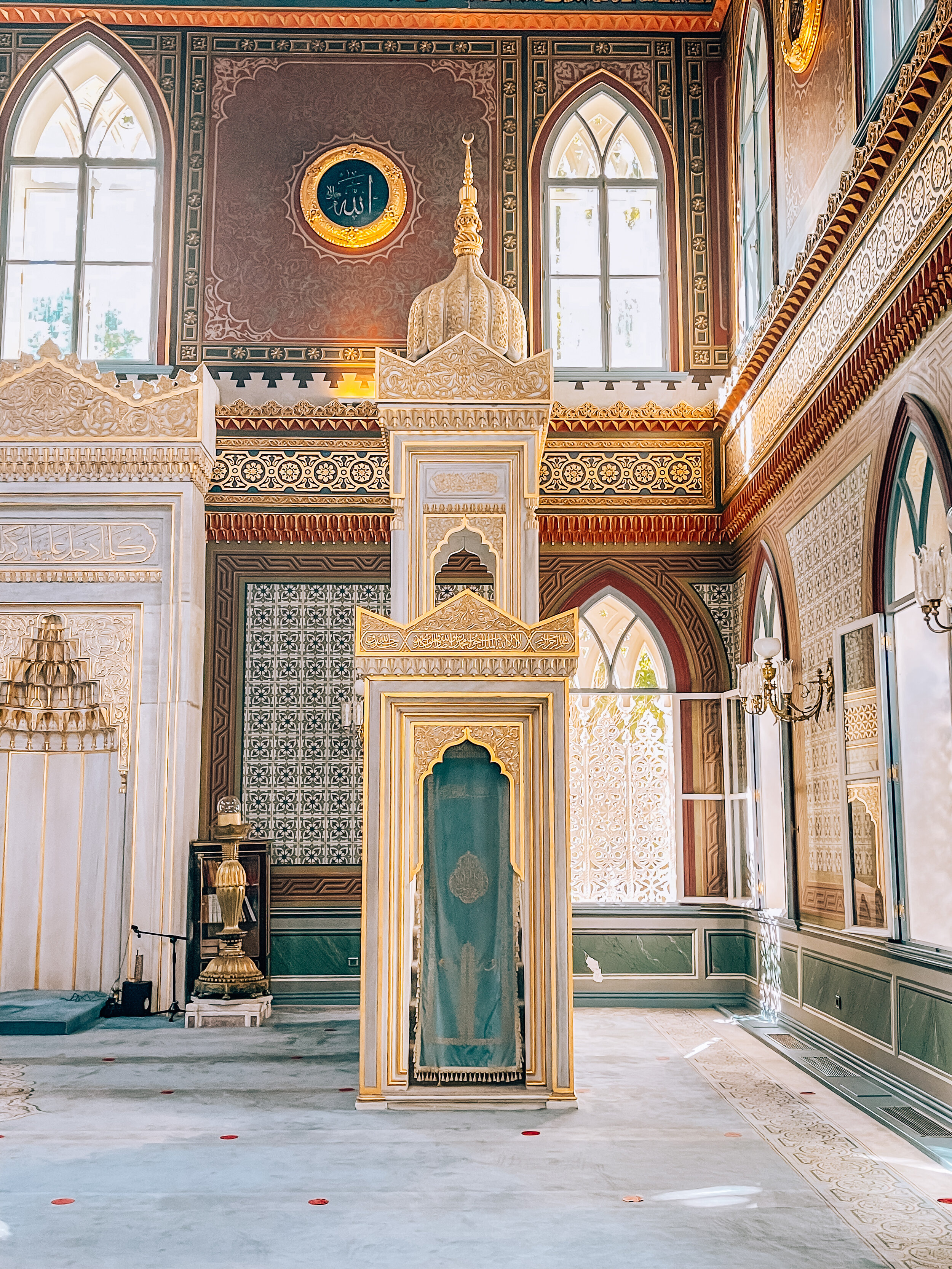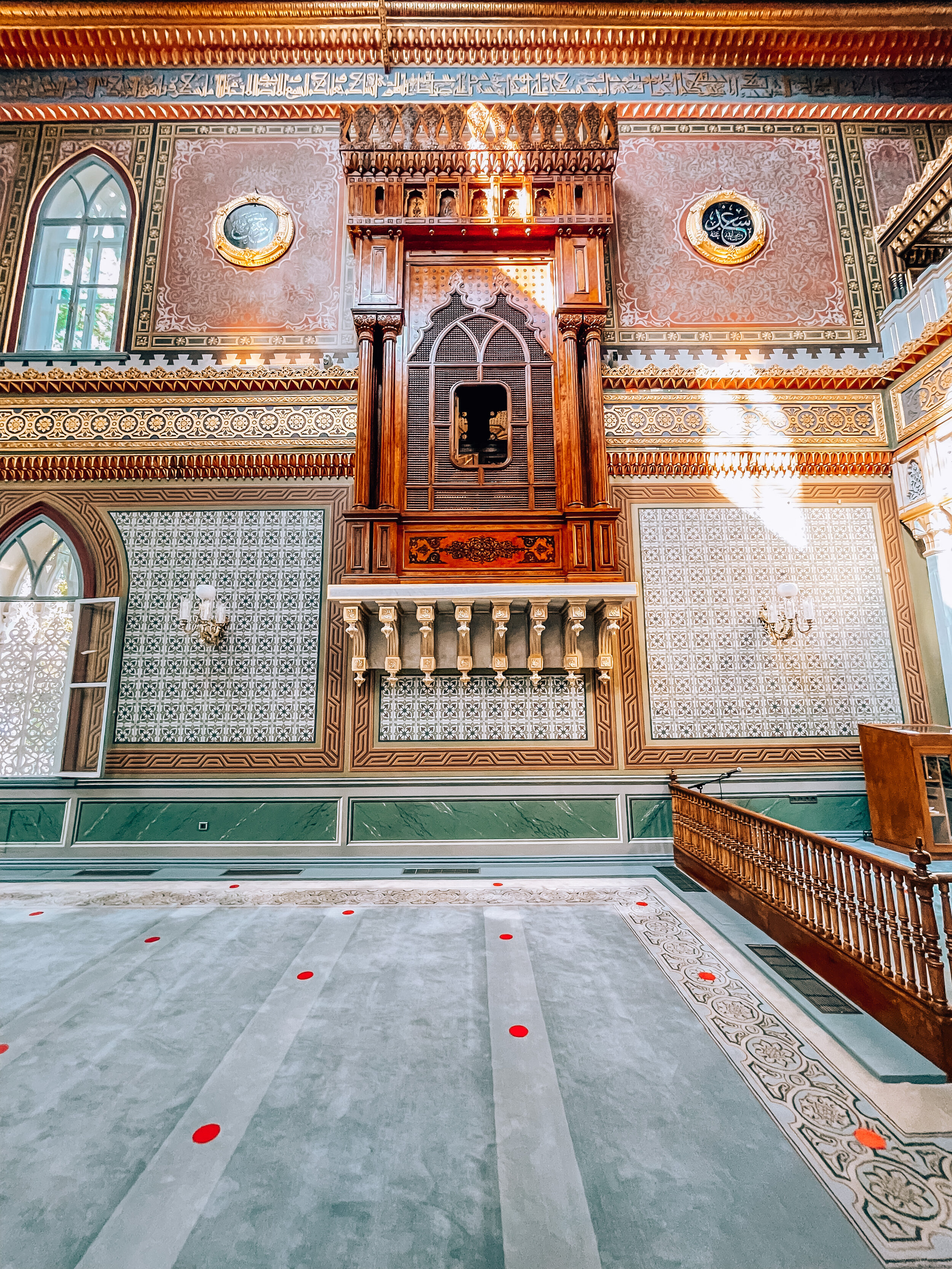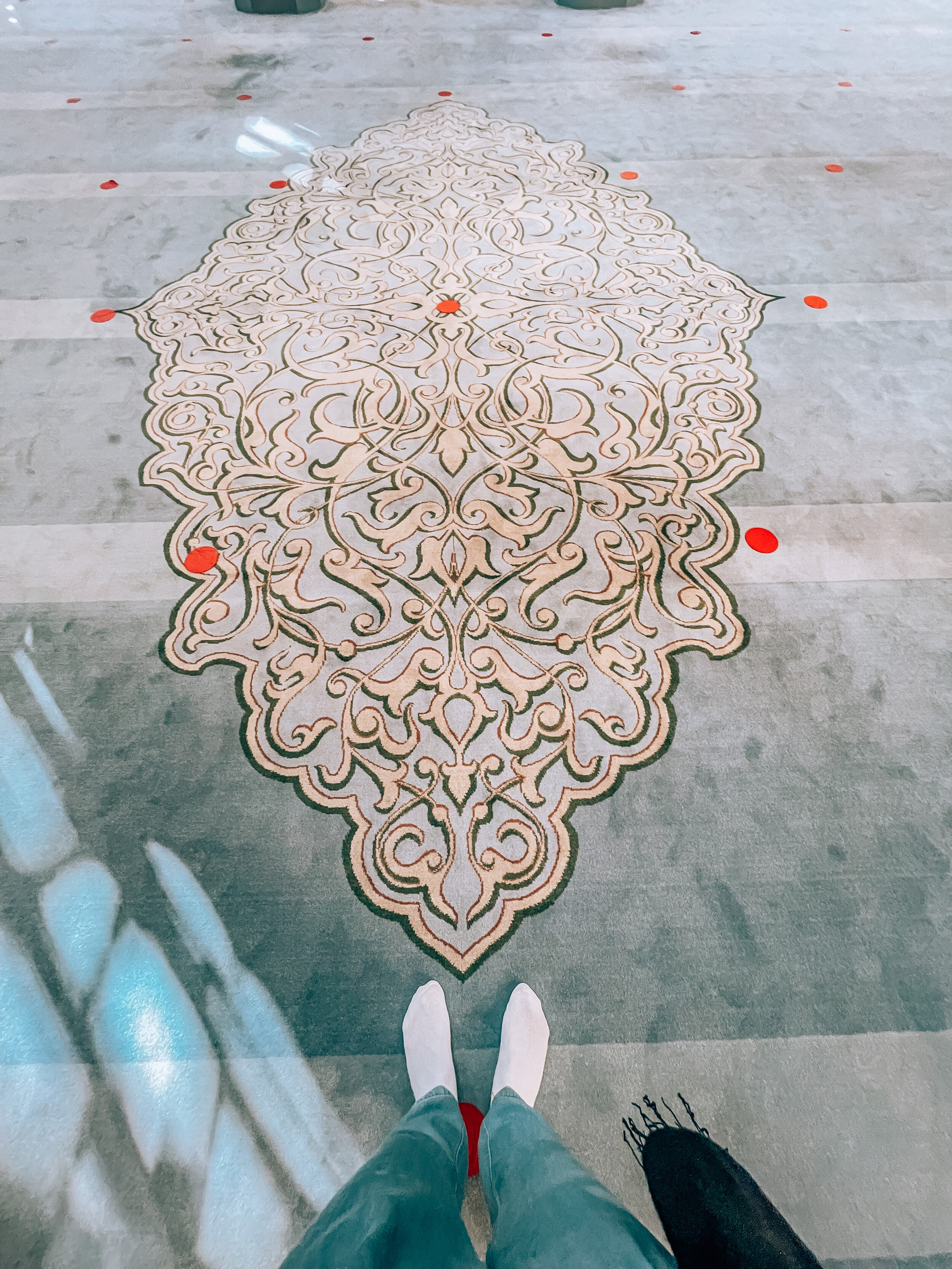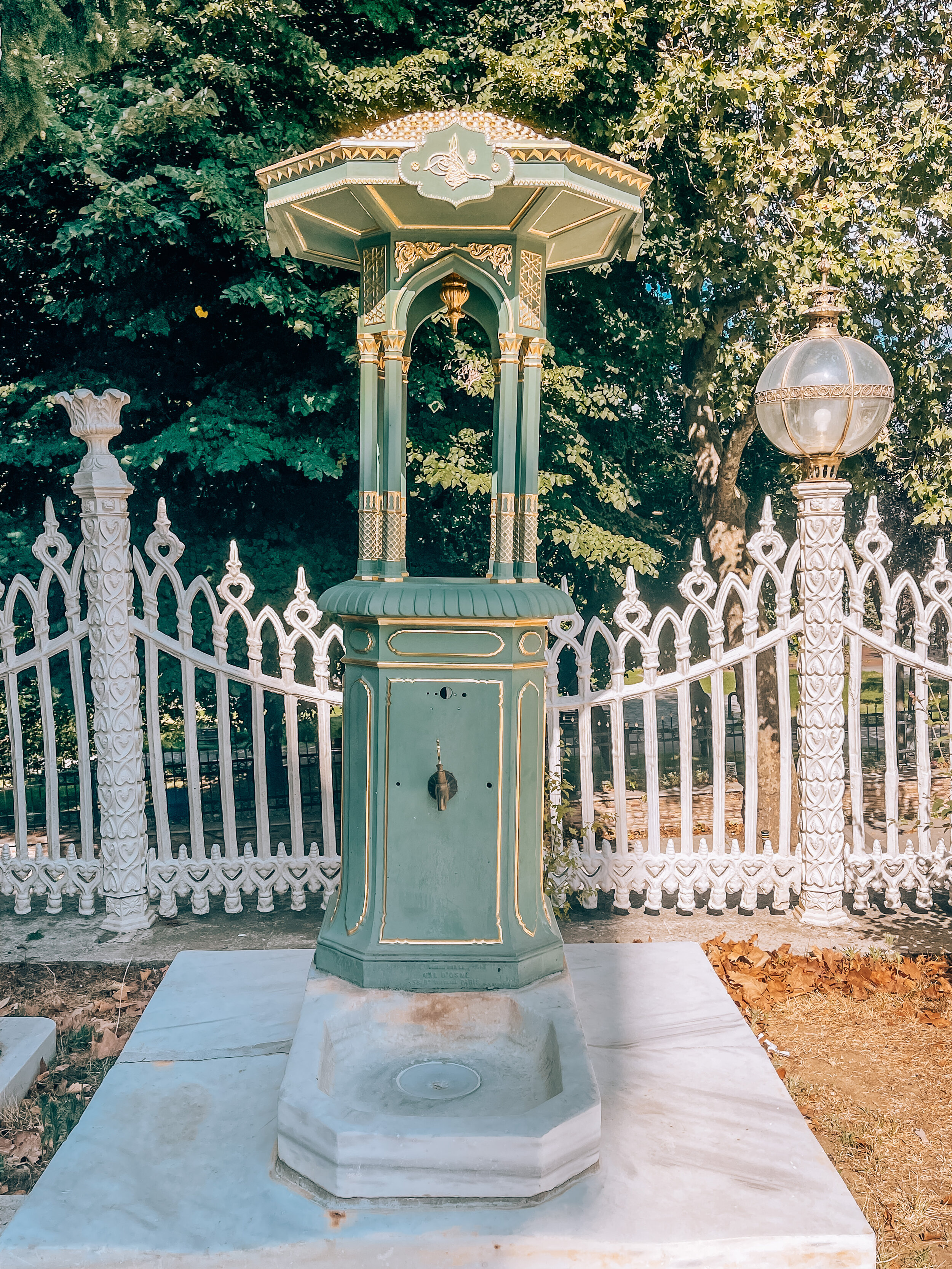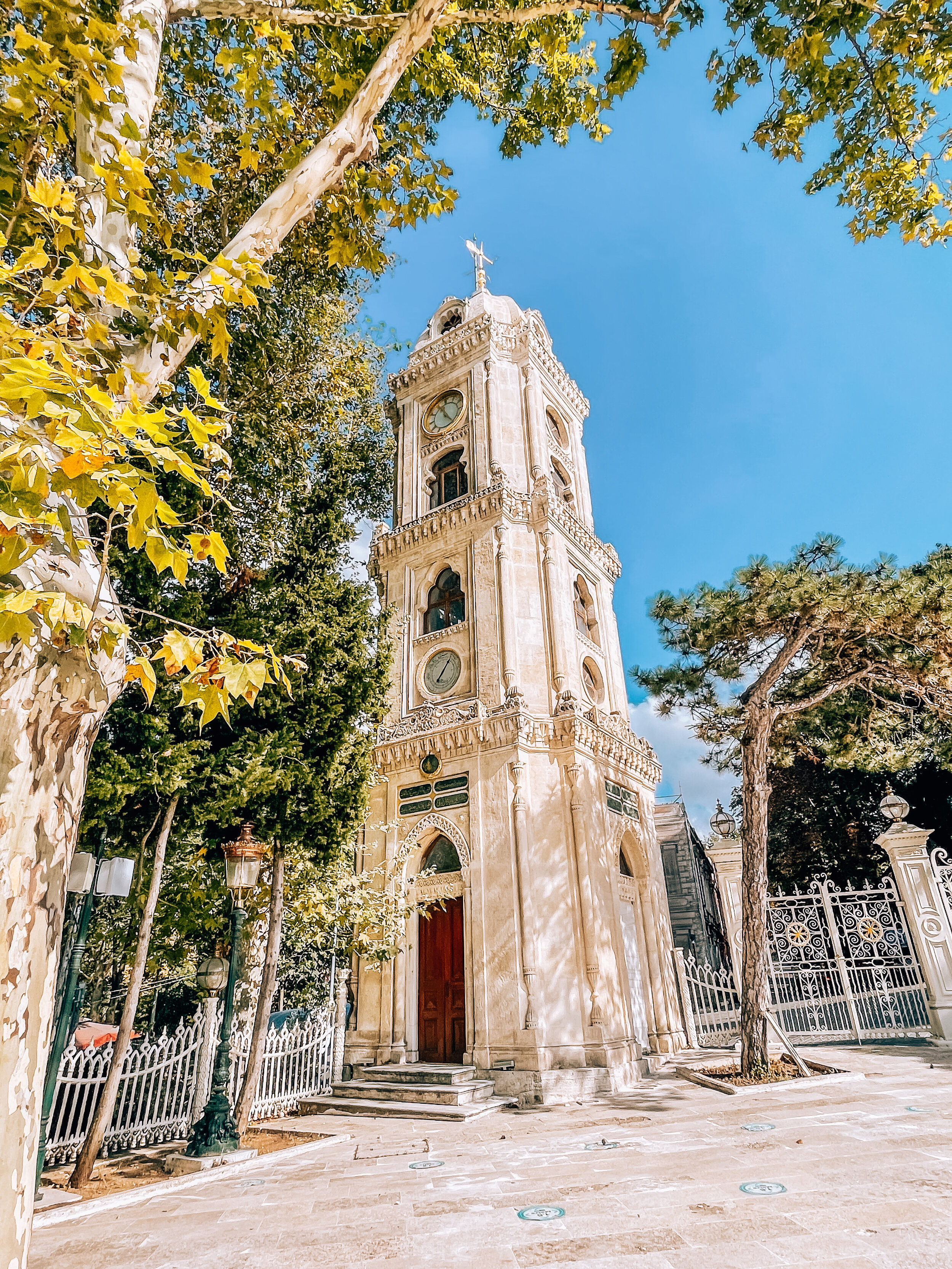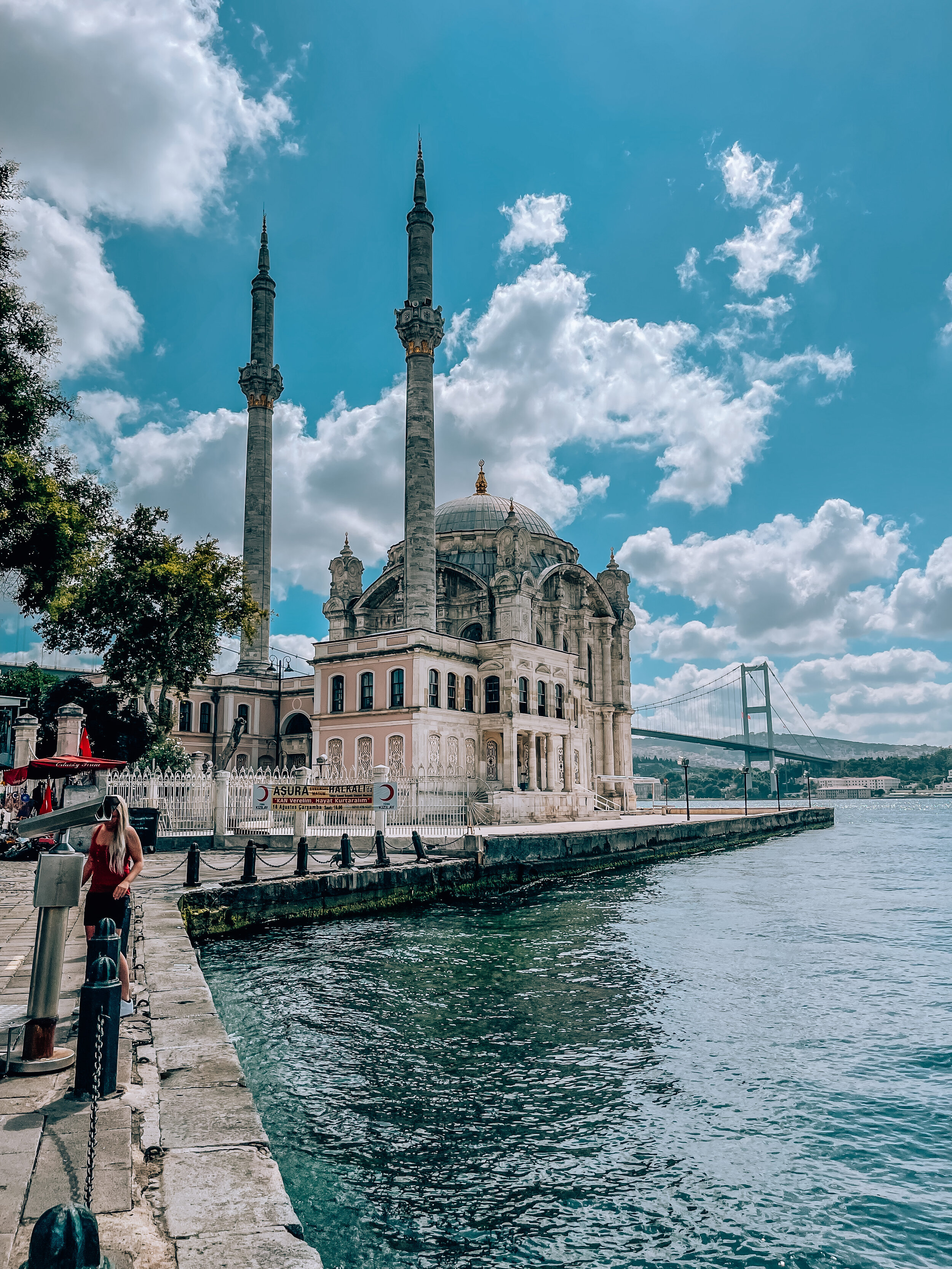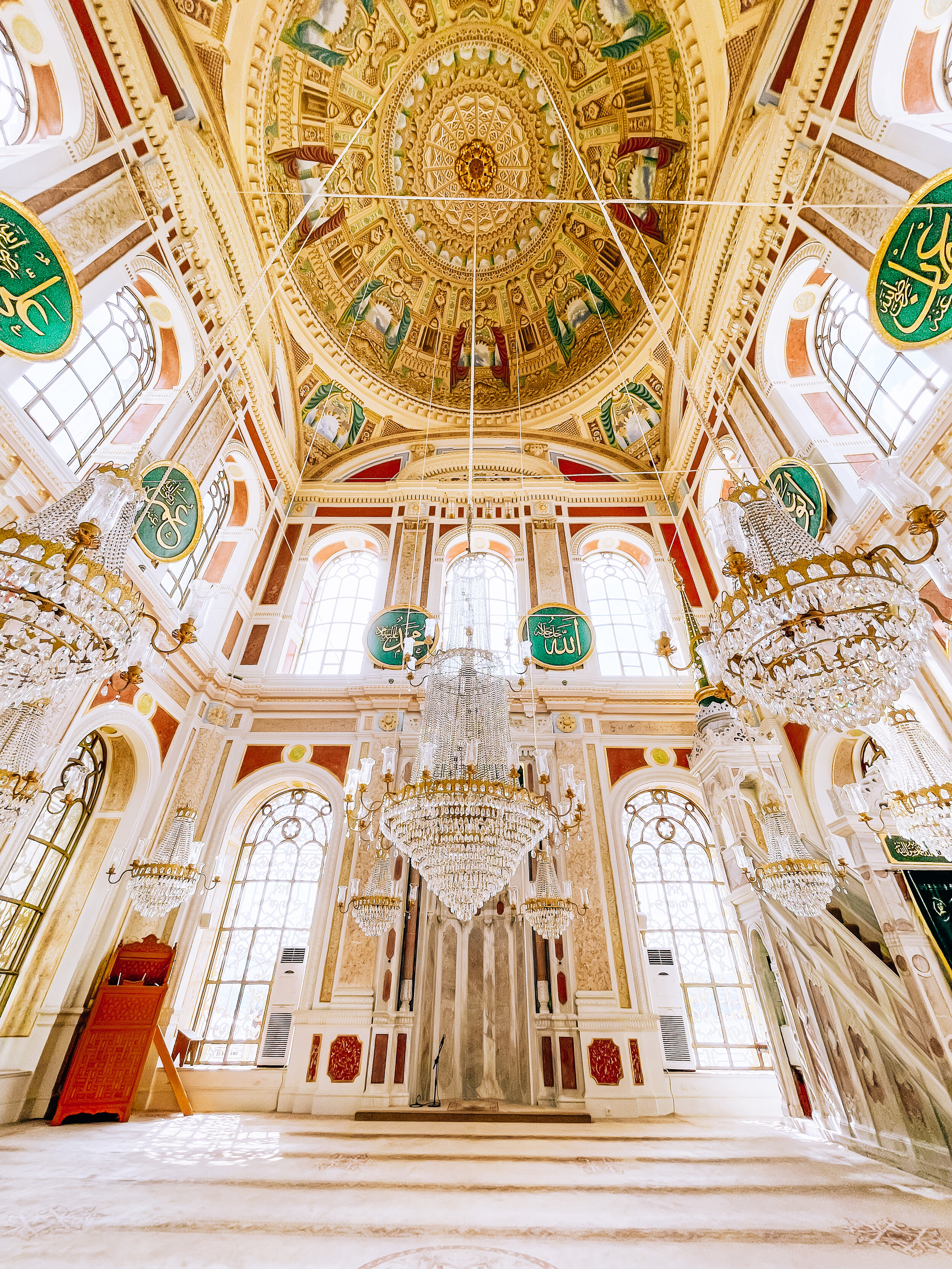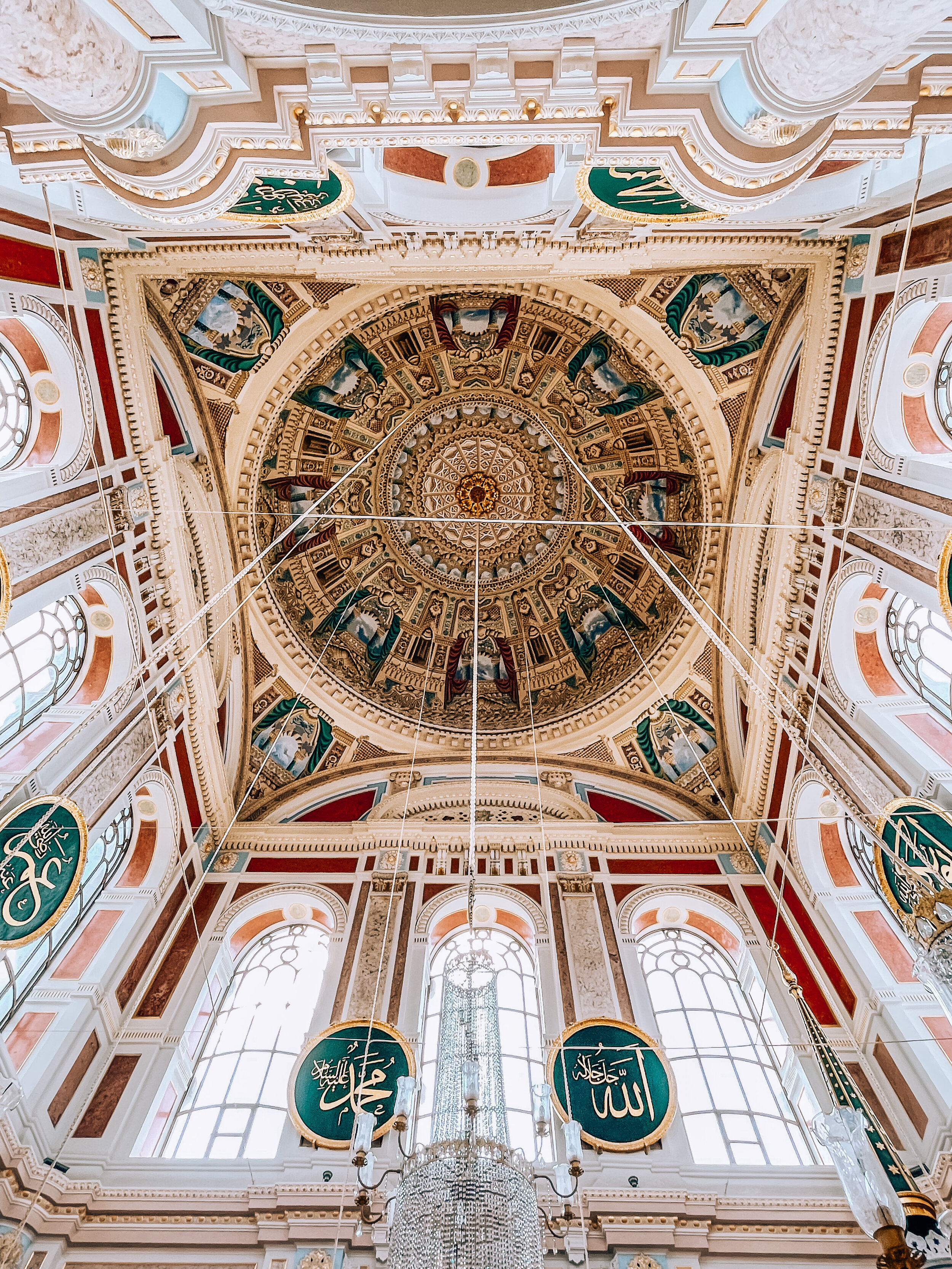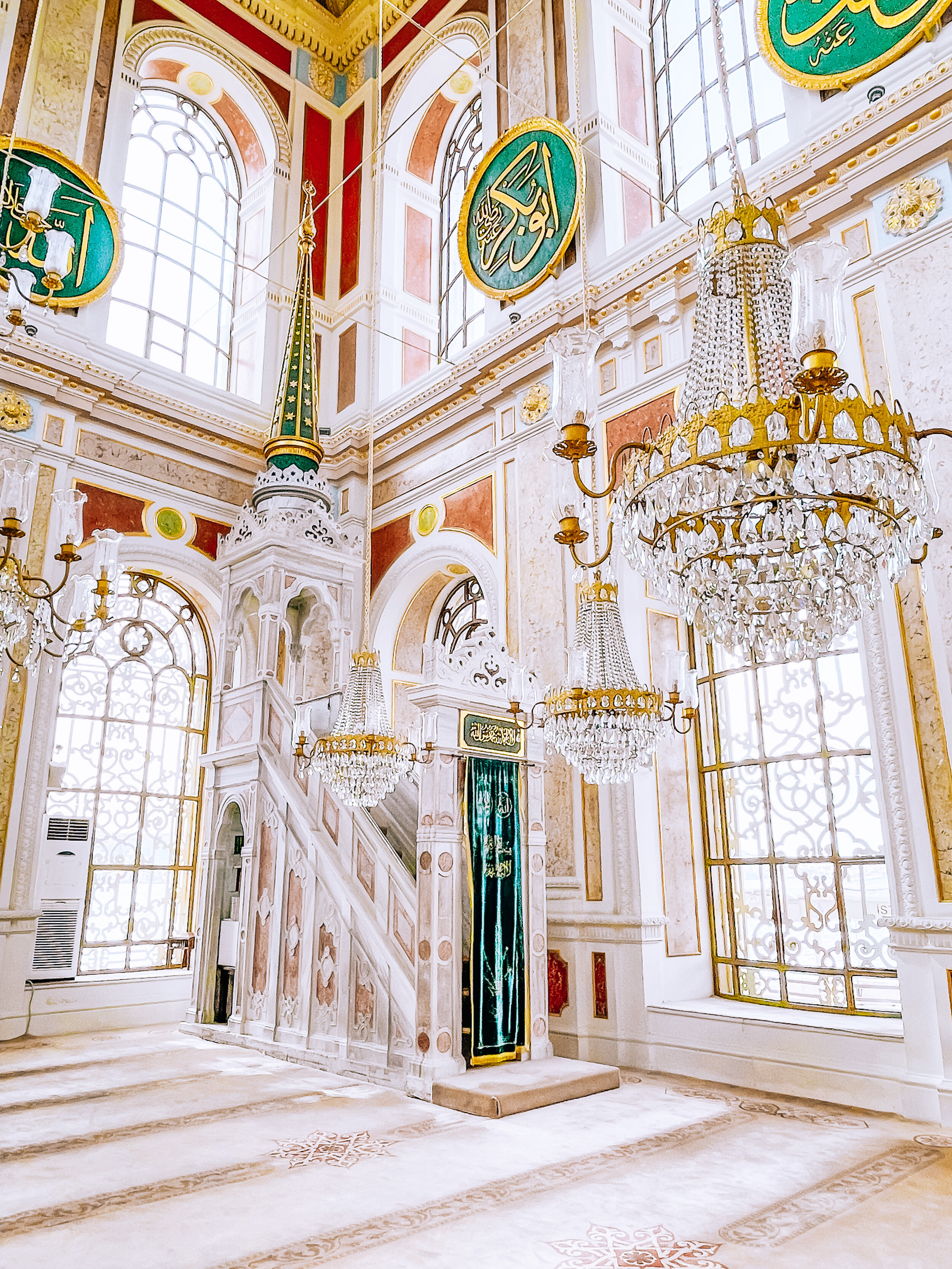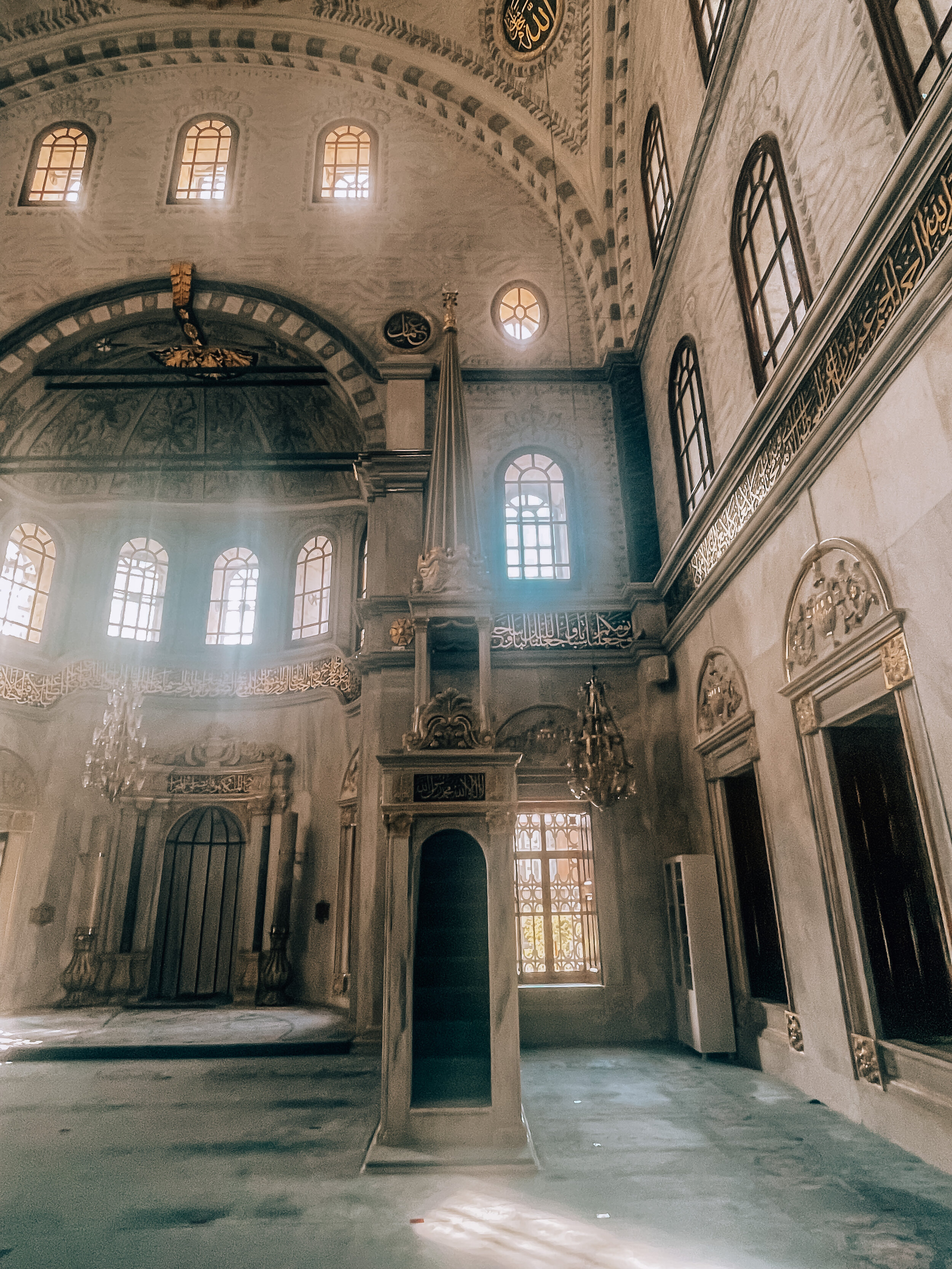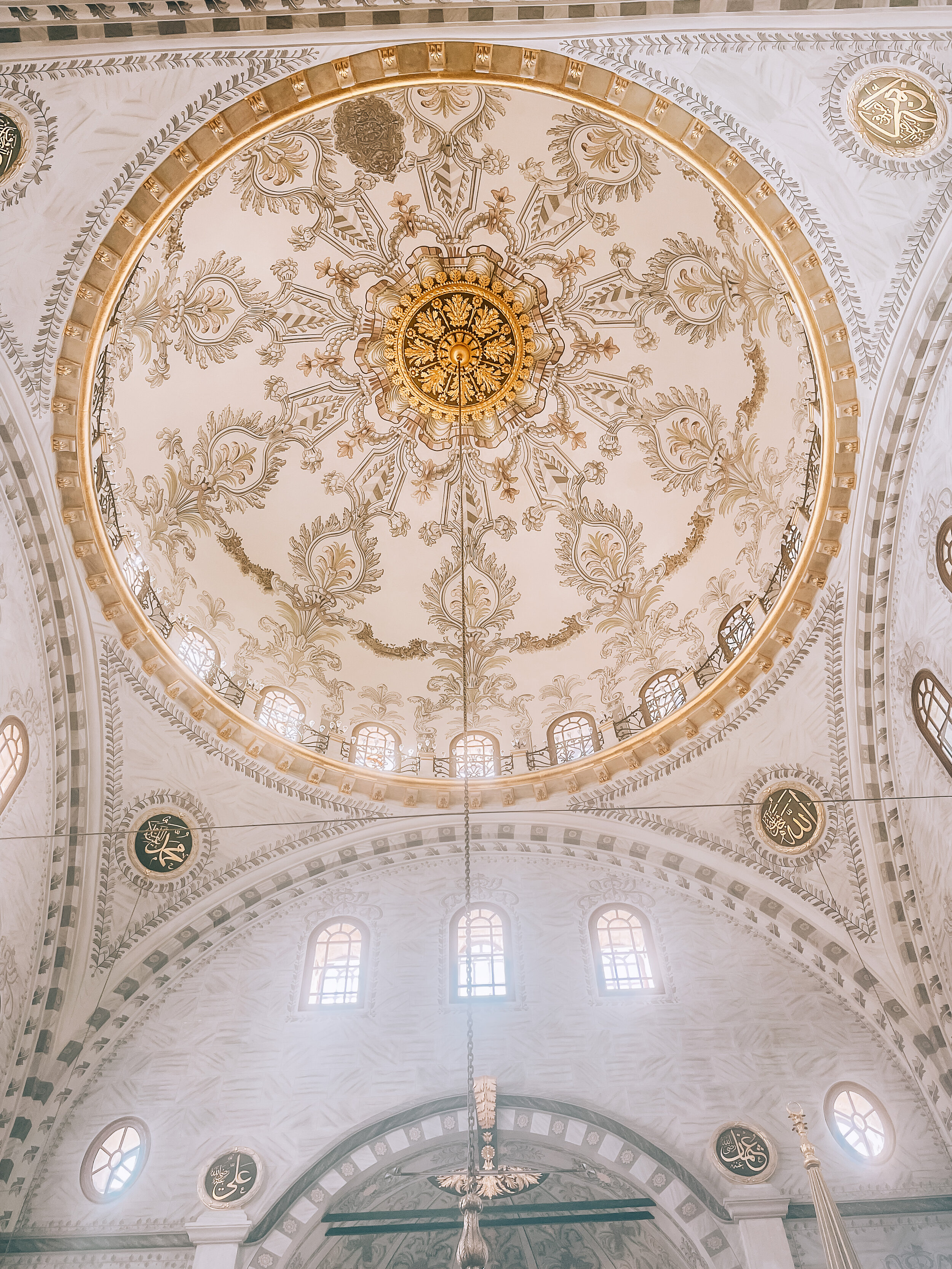Turkey has an incredible history, home to some of the greatest empires and a strategic location that led to its control of some of the world’s most lucrative trade routes. Its rich legacy has left a number of ancient structures such as mosques, churches, monasteries, and synagogues, reminiscent of bygone eras. Inspired by @aljvd’s jaw-dropping photography and fantastic suggestions, I was seriously blown away. Here’s my guide to visiting several of these monuments.
P.S: A few tips to keep in mind. 1) Ladies, when visiting religious sites, bring a scarf to cover your hair & avoid shorts (same for gents). 2) Carry a small bag to store your shoes as no shoes are allowed inside religious sites. 3) The Blue Mosque was under massive restoration when I visited in Aug 2021 so I couldn’t really see anything inside. 4) The lines to enter the Hagia Sophia and the Topkapi Palace can be super long midday onwards. Arrive early. 5) Certain mosques only open for tourists at specific timings, outside of prayer times, and on specific days. Check ahead online or call. Also, keep in mind that prayers on Fridays are usually longer. 6) All the listed venues were free to enter.
HAGIA SOPHIA
The architecturally stunning Hagia Sophia that stands today (3rd one after the first 2 were burned down) was built in the 6th century by the Roman Emperor Justinian as a cathedral, believed to be the world’s largest church at the time. It was incredibly unique in the world, because of its scale, ambition, and design. Its architects, Isidore of Miletus and Anthemius of Tralles, decided to forgo the traditional wooden roofs that were used in the past, and instead placed its iconic dome on top of a square, using stone piers to do the work of supporting its weight.
The architects also pierced the base of the dome with 40 windows allowing light to seep through.
In 1204, Constantinople was invaded by Western European crusaders en route to the Holy Land. The crusaders owed money to the Venetians which they couldn’t afford to pay so they captured and looted Constantinople, and much of the treasures of the Hagia Sophia. It became a mosque in 1453 with the Ottoman conquest of Constantinople (now Istanbul).
It was later converted into a museum in 1934 in a drive to make Turkey more secular. In 2020, the Hagia Sophia was turned back into a mosque, and is still open for all visitors. It remains a UNESCO World Heritage site.
Absolutely beautiful.
SULEYMANIYE MOSQUE
The mosque was built between 1550 and 1557 by the one of the most famous architects, Mimar Sinan, for Kanuni Sultan Suleyman ‘The Magnificent’ on 1 of the 7 beautiful hills of Istanbul. It is just stunning, and relatively visitor-free compared to the Hagia Sophia. The mosque has 4 minarets with 10 balconies total, which are said to represent the fact that Suleyman was the 10th Sultan of the Ottoman Empire.
After wandering about the surrounding garden, I put my scarf on, entered the mosque, and in all seriousness, stood in absolute awe. Every corner of the interior is decorated with items such as stained-glass windows, Iznik tiles, calligraphy, a ring of lights, and an orange-red carpet to name a few. The architect left no detail to chance. According to a wonderful man who showed me around the mosque, the construction of the mosque was delayed which angered the Sultan at the time. He rode his horse to the construction site and found the architect sitting right in the middle under the dome, smoking a water pipe. This obviously angered him and he accused Mimar of delaying the work purposely. To which Mimar denied and explained that he was trying to ascertain the direction in which the smoke from the burning candles goes inside the mosque. ‘If we can identify the direction where the soot coming from hundreds of burning candles go, we can build a room in there to contain all that soot. That way both the mosque will be soot free and the soot collected could be made into fine ink and given to calligraphers.’
The building also houses a medreses (place to study), a soup kitchen, a hospital, a hospice, & a Turkish bath. The founder Süleyman, his wife Haseki Hürrem Sultan (Roxelana), and the architect Mimar Sinan, are buried in the graveyard by the mosque.
BLUE MOSQUE
The mosque, officially known as the Sultan Ahmet Mosque, was constructed between 1609 and 1616, during the reign of Sultan Ahmet I to whom the mosque is named after. Its location, right opposite to the Hagia Sophia, was said to signify the triumph of an Islamic monument over a converted Christian church. Sultan Ahmet appointed his chief architect Mehmet Aga to design the mosque, one of the apprentices of architect Mimar Sinan (of the Suleimaniya mosque described above). The mosque was built with 6 minarets which is said to have been a subject of contention at the time, as it implied equality with the Masjid al-Haram mosque in Mecca. Apparently, this led to the addition of a 7th minaret to the mosque in Mecca, proving its primacy. The mosque’s interior walls are covered with more than 20,000 handmade blue Iznik tiles which include floral motifs, giving the place its popular name.
Unfortunately, during my visit, it was under heavy renovation. There was very little to see or explore inside, yet there were still long lines to enter. So I would recommend enjoying seeing the mosque from the outside in the meantime, and later hopefully once finished.
SAINT ANTOINE CHURCH
Known in Turkish as Saint Antuan Kilisesi, the church on Istiklal Street is the largest Roman Catholic Church in Istanbul. Saint Anthony of Padua (1195 – 1231) was a Catholic Portuguese priest who was a disciple of Saint Francis of Assisi (1181 – 1226), considered a saint of universal depth living the values of humility, brotherhood, and poverty. The church was originally built in 1725 for the thriving Italian community within the city. However, the original building was knocked down to make way for a new tram way. Those plans were later scrapped and in 1906, a new red-brick church was commissioned designed by 2 Italian architects, Giulio Mongeri and Edoardo de Nani, in a neo-gothic style. Seen from the top, the church is shaped like a Latin cross (see image here).
Outside the church, there is a statue commemorating Angelo Giuseppe Roncalli, the man who would become Pope John XXIII. He stands with a dove of peace perched on his hand, and the inscription beneath reads ‘To Pope John Pope John XXIII. Friend of the Turkish People.’ During the Second World War, he served as head of the Vatican's diplomatic mission to Turkey and lived in Istanbul for 10 years, during which he earned the love and respect of the Turks.
There are 2 other sculptures outside the church, one of which is a statue of ‘Jesus Twisted’, and the other is of an angel, consisting of a torso with wings. When I visited, there was a mass being held inside so photos were not allowed, but it was beautiful to see and listen to.
YIDIZ HAMIDIYE MOSQUE
The Yildiz Hamidiye Mosque is an Ottoman imperial mosque, commissioned by Sultan Abdul Hamid ll, and constructed between 1884 and 1886. Its architecture reveals a combination of neo-gothic style and classic Ottoman motifs. It has 1 minaret, houses a blue dome with scattered stars, and has a Moorish interior said to be inspired by the Alhambra in Spain.
Apparently, the mosque was built close to the Sultan’s home purposely as he rarely ventured far due to fear of assassination. In 1905, just after Friday prayers at the mosque which generally attracted many people as it was their only chance to catch a glimpse of the Sultan, a carriage bomb timed for his exit exploded while he was still inside, killing 26 people. The Sultan who was the target of the attack came out unscathed, and the perpetrators, many of whom were Armenian revolutionaries, were later arrested.
Outside the mosque in its courtyard, are facilities for ablution, and a beautiful clock tower built in 1890.
ORTAKOY MOSQUE
Situated on the waterside of the Ortaköy pier square in the Beşiktaş District, the Ortakoy Mosque is a beautiful mosque designed using neo-baroque style architecture, which originated in 16th century Italy and developed until the 18th century. This style was created as a movement by the Catholic Church in response to the Protestant Reformation and was meant to represent the glory and strength of the Roman Catholic Church. Key elements in Baroque architecture include large domes, painted ceilings or frescoes, and playing with light. The mosque, also known as Buyuk Mediciye Mosque, was commissioned by Sultan Abdulmecid in 1853, then ruler of the Ottoman Empire, and the chief architect was Nigoğos Balyan. The building has two single balcony minarets, a dome, and pink and white walls on the exterior.
As soon as you enter, you’ll notice the 2 rows of tall windows inside which allow the sunlight to seep through, illuminating the mosque. The mosque also has many low-hanging crystal chandeliers which also adds a twinkly touch to the interior. The Bosphorus Bridge is just behind the mosque, so it’s a picture perfect spot to capture both old and new Istanbul.
NUSRETIYE MOSQUE
The Nusretiye Mosque was built between 1823 and 1826 in the Tophane district of Istanbul, commissioned by Sultan Mahmud II. Its name ‘Nusret’ means victory, referring to the Sultan’s victory in 1826 in abolishing the Janissary system. The janissaries were a centuries-old class of soldiers and were considered a potential danger for the Ottoman rulers who threatened to dismantle them or diminish their powers. Previous sultans who tried to replace them were killed, so the sultans had to appease them. In 1826, both the Sultan and the public had had enough of their antics and proceeded with a military plan to destroy their barracks with artillery and end their reign of power.
The architect, Armenian Krikor Balyan, designed the building in French Empire style, which refers to a style of art created under Napoloeon’s rule intended to idealize the French Empire. This mosque was officially closed for tourists when I visited, but a kind guard let me in for a quick wander. I believe the official timing he said was after 11AM, so keep in mind if visiting. I would also recommend visiting in the afternoon as the sunlight was quite strong in the morning so there’s a lot of glare.
There were many more beautiful places of worship that I would have loved to visit including the Rüstem Paşa Mosque, Şakirin Mosque, and an Armenian church. However, unfortunately I did not have the time. I think this warrants another trip. Don’t you? :)
Hope you enjoyed wandering with me!


